Africa, Zimbabwe (southern) – Gonarezhou, Malilangwe
The last leg of our Africa trip was in late August of 2018. We had already spent more than three weeks in Africa, and often, as we went from one location to another, we thought “Is it going to be just more of the same?” — the answer was always “NO, this is different, and cool, and we’re glad we’re here”.
In the end, we spent over five weeks in three countries, flew in 11 airplanes and stayed in 12 camps/lodges/hotels, and went on innumerable drives and safaris. We literally loved every minute of it. Here are the links to my previous posts on Namibia and other regions of Zimbabwe:
DRIVING – Matobo to Gonarezhou
It’s quite a ways from the Matobo area over to the eastern end of Gonarezhou National Park, and folks usually transfer via air. But we wanted to see more of Zimbabwe than just the “high points”, so we traveled by car the whole distance, over 8 hours’ worth.
Although the sights and scenes were in some regard unremarkable, we got what we were after — a deeper sense of the country, its terrain, and its peoples. Some places, the larger population areas, it was hard to distinguish from any urban scene in any country….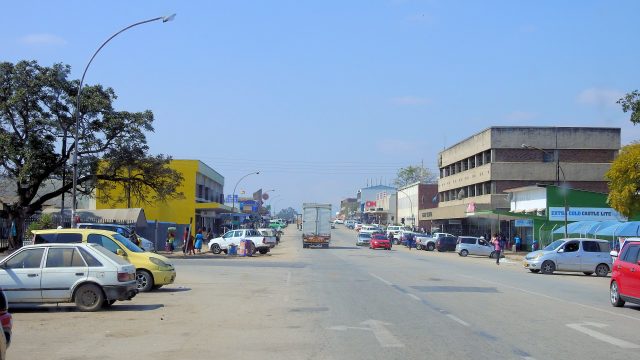
But in other, more rural spots, it was obvious that we were in Africa.
Modes and methods of transportation are always charismatic in third-world countries. Forget regulations and bureaucracies, whatever works is what’s deployed. This is a small motorcycle with two adults, three stuffed duffels, and three 45-pound water buckets — roughly twice the weight of the bike in people and goods. Those tires aren’t bulging — they must have 60psi at least in them.
Wide loads don’t get any special considerations. You just gotta pay attention, y’know?
The roads varied from excellent to crap and back again, smooth pavement, ratty pavement, potholes, dirt and ruts. A long, variable dirt track led the last 20 miles or so to our next destination.
GONAREZHOU and CHILO GORGE
After that long, but interesting, day on the road, we trundled down the last bumpy dirt track and finally checked into the Chilo Gorge Lodge. Just before sundown, these were our views from the lodge veranda — the Chilo Gorge of the Save River (“sah-vay”). Our room was a beautiful little thatched hut down a rocky path and staircase, also perched on the river bank and also with similar views.
Far below the Lodge, a big Nile crocodile bided his time in the last sun of the day, waiting for something tasty to present itself.
Shortly after sunset, a small band of elephants crossed the river, occasionally bleating and trumpeting to each other.
This beautiful river gorge is at the eastern end of the Gonarezhou National Park, and the lodge is across the Save River from the Park proper. Therefore, after getting up with the sun each morning, our first task of the day was to cross this broad river. (And of course, the last task of the day was to cross back.)
At this time of year (dry season), the river is a “braided” affair, with some easy spots and some absolute quagmires of sopping soft sand. The Lodge guides recon the area every day, and mark the safe passages with simple sticks poked into the sandy bottom. The river’s flow is low enough not to dislodge the markers. But that’s not to say that errant drivers don’t do some damage, both to the marking sticks and to their own rigs. We were told that occasionally, self-drives go way off on their own, and have to be pulled out. Easy to see why.
The no-brainer “duh” rule in this country is 4-wheel-drive to get through the soft, tricky terrain. This bozo in the gray pickup decided that 2WD would do. Wrong. His traveling companion had to tow him everywhere they went.
In the region, and especially in the Park, the iconic baobob trees are very abundant. During the dry season, they have dropped what tiny little leaves they usually have, and they look like nothing more than an “upside-down” tree with its roots in the air.
But right-side up they truly are, and they grow to be HUGE. That little blue dot at the base of the trunk is Karin.
In many areas, elephants are at high population levels. Some estimates are that as many as 2-3X as many elephants are in residence as the terrain will support. The greatest evidence of this is the devastation of the mopane forest.
A favorite of the elephants, the butterfly-leafed tree (“mopane” means butterfly) is so appealing that they will literally eat it to a stub — for hundreds of acres at a stretch. Their preference is striking, with lush green foliage from more disliked vegetation surrounding the sheared-off trunks of what was a thriving mopane forest.
Baobobs grow in this woodland also, and they are a very moist plant; elephants in particular have figured out how to rob the water in the trunk. They’ll dig their tusks in, shred the fibrous body of the tree, and chew the moisture and nutrients all day long. It can get really pronounced in these over-populated areas. This baobob is barely standing after having a massive cleft chewed out of its trunk.
Baobobs, unlike other tree types, have no cambium layer. This means they can be “girdled”, with their outer surface completely removed, without killing the tree. Consequently, the majority of the baobobs we saw in Gonarezhou were lightly or heavily scarred at the bottom, with starkly contrasting smooth branches above.
The tree above is probably a “goner”, but for trees that can be saved, a variety of methods is being tried. One of them is to scatter large, sharp rocks around the base. The elephants’ feet are actually somewhat tender to these, and the technique has met with some success. Another method is to wrap chain-link fencing around the trunks — but it’s more expensive, requires purchased materials, and is honestly a bit ugly.
Trekking away from the forest and up onto the high plateau, we reached a vantage point that looked out over the Runde River basin and gorge. We stopped for coffee and a look around. I was reminded strongly of Utah’s Bryce Canyon.
Later, from the other side of the Runde, we could look back up where we stood a couple of hours before. The prominent spire is the one behind me in the picture above.
That day, as we rolled along, the ride seemed uncharacteristically rough. Our driver/guide frowned and stopped the Land Cruiser. We had a flat. No worries, the rig carried two spare tires, albeit in modest states of advanced wear. And I knew enough about such things to be a little bit of help. But truth be told, I hadn’t any experience in being stopped, outside my vehicle, in lion/elephant country.
Our guide seemed unperturbed — so I tried to be too.
Shortly after we got going again, this guy poked his head out of absolutely nowhere. Surprise! I certainly appreciated his timing. Having him wander by a little bit sooner would have put a different tenor to the day.
In general, driving around Gonarezhou (with air in the tires) produced a seemingly endless bounty of wild animals at virtually every bend in the road and every turn of the head.
Impala, ubiquitous throughout Zimbabwe, became very so-so after a while, kinda like pigeons in the park. “What’s that over there? Oh, it’s just some impala” was a common sequence. But now and then, even this common little antelope would present us with a stellar pose.
Much less common is the diminutive little duiker. These little dudes are about two feet long in the body. Only the dik-dik is smaller in the antelope family.
The browsing animals with the highest reach will munch the leaves off everything that they can get at. Here, this “browse line” is really obvious. Grazers have also kept the ground grasses fairly short. It looks like nothing more than a massive team of gardeners, with power shears, have trimmed up the Park in this area.
One of the taller antelope varieties (twice the size of impala) is the waterbuck. Here is one posing with his unique bullseye rump to the camera.
Even bigger than the bushbuck, and second only to the eland, is the kudu. These are the size of American elk. The 250-pound warthog behind him gives you an idea of his size.
And BIRDS!!! I’m not a bird-watcher, but I’m told that birders go crazy here. This is a tiny sampling.
Saddle-billed stork, hunting fish.
Goliath heron.
Bearded vultures.
Egyptian geese.
One of the most wonderful experiences we had was when we found this little pied kingfisher with a catch. This little dude was no more than 5-6″ long, and his fish was half of that. But it was a momentous battle that we witnessed. Unable or unwilling to swallow it as-caught, he resorted to bashing the doomed little minnow against his perch, over and over again. Whenever we thought the fish was dead or stunned, it would wiggle and thrash about in a vain attempt to escape, and the bashing would re-commence. Finally, the kingfisher figured the fish was sufficiently subdued, swallowed it, and flew off to find another.
Odds and ends — as near as we could determine, on every river in Africa is a population of these magnificent reptiles, the Nile crocs. They routinely get up to 15 feet long, and they look threatening, mean, irresistible, and just plain efficient. This guy still has the water lilies on his back from rising gently out of the river. I know their reptilian brains don’t “think”, but could he have been orchestrating an attempt at camouflage?
The botanists among my readers are sure to feel cheated by my ignorance of the flora, and my lack of real mention of all the plant types we wandered among. This one is called simply the “sausage tree”. It’s seed pods are over a foot long and weigh at least a couple of pounds.
When the season arrives, the ripe pods drop from the tree, sometimes from as high as 30 feet or more.
Wear a helmet.
MALILANGWE and PAMUSHANA
Not a long way from Chilo Gorge (about an hour or two) was our final destination in Zimbabwe. Malilangwe is a private reserve, dedicated to conservation, and adjoining the Gonarezhou Park. Completely privately funded and operated, although in cooperation with the Zimbabwe government and the Gonarezhou Park, Malilangwe promised to be yet again a different African experience.
Along the road, we again found some stretches of unremarkable scenery — and then a piece of “Africana” appeared again, this time in the form of a country baptism in the local river. Lovely.
We arrived in early afternoon at our final lodging, and it was – – – SPECTACULAR. The Pamushana – Singita lodge, which helps to fund the conservancy, provided some of the finest and most luxurious accommodations that either of us had ever experienced.
I have to note that Karin and I do not ordinarily focus much on lodging in our travels. Decent roof, bed, and shower, and we’re happy. We’re visiting an area to see that area — not to languish inside our hotel room.
That said, I have to spend some time talking about this lodge, because it was done so tastefully and beautifully that we really enjoyed it. Sad to say, we still did NOT spend much time in the lodge (what a waste!) because we were out on safari. But when we were there, we surely enjoyed it.
The main pool is surrounded by the lodge, veranda, restaurants and bar. It ends a couple of hundred feet above the Reserves’ reservoir where the crocs and hippos grunt and fuss every night.
Everything is built and decorated in woods, stone, fabrics, leathers, metals — not a composite to be found. Everything feels like it came from the Earth.
Safari and camping are the “style”. But let’s face it, a gas lantern isn’t practical (or quiet). So these antiques hang around the patio, but all are stealthily made electric.
Our 5-room family suite was all that was available at our late booking (but they gave us a decent rate). This is the entry/kitchen.
Back patio….
Our own swimming pool and lounge chairs….
Outdoor shower if we didn’t like the three other ones indoors….
Master bathtub….
Master vanity….
Master bedroom….
—- and that doesn’t even cover the other bedroom and bathroom, fireplaces, etc.
So every day we tore ourselves away from this outstanding domicile — and went driving and walking through some of the wildest country in Africa. Nuts, huh?
On our first evening, we opted for a reservoir tour. At the shore line near our boat was a “lufa” tree. We had never seen one before, so our guide demonstrated how the famous sponges were extracted from the seed pods. Cool, and a nice souvenir too.
Although the reservoir is pretty ordinary looking from afar, it is teeming with life and activity, and off we went — with two guides, a pontoon boat, and sundowner drinks. Rough living.
As with many of the watery areas we had visited, the bird life was wonderful.
I didn’t learn the name of this one, and couldn’t find it in an online search. If you know, make a Comment.
Fish eagle.
African darter.
Egyptian geese.
Nesting pair of goliath herons — the world’s largest herons.
African spoonbill.
And the world’s smallest heron, the striated or green-backed heron. (Doesn’t LOOK green…)
Lilac-breasted roller.
We had some other company as well, a bit more intimidating than the birds.
This tired old bull rhino showed up late that evening. These pictures aren’t great, for it was nearly dark and I was using very slow exposures.
The bull had lost a territorial fight with another rhino, and in the battle had literally split his main horn wide open. These horns are made of fingernail-like material, but of course they’re vastly larger, with a similar base blood supply.
He was looking dreadfully weary and sad, but we were told that they often recover from such wounds. What he would NOT recover from, we were assured, was if he decided to rekindle the fight — for he would surely lose. More than half of all bull rhino territorial/mating battles end in death of one of the combatants. Call me over-sensitive, but it seems like a really tough way to procreate.
We ended our evening “cruise” with a fine dinner and, of course, our wonderful room and bed.
Driving and Walking
Everything about Pamushana was outstanding, and perhaps most of all our guide Mark Friend. Mark is a native Zimbabwean, extremely articulate and educated, and one of the very few people I’ve met in my travels who talks more than I do. He is also a gun nut, and we had many long and entertaining conversations about rifles, calibers, and all that stuff that only gun nuts care about.
Mavuto was our tracker, and his nerve-wracking duty station was on the front bumper-chair, looking for tracks, sign, and anything of general interest. He was a sharp-eyed fellow, and caught sight of things we would otherwise have simply trundled on past. For some reason, he declined to use the seat belt on his precarious perch.
Without exception, all the people we worked with on our safaris were rabid animal enthusiasts. Mark and Mavuto stopped to show us a birds nest, foolishly built by a (demented?) plover, right in the middle of the road. They stacked some rocks around it so that (hopefully) other users of the road would avoid the nest. Disturbing it to move it would cause the plover to abandon it, so there was little choice in the matter.
Then it was time to walk. The countryside is frequented by hippos, elephant, lion, and water buffalo. So we walked armed. Well, Mark walked armed. The rest of us walked behind him, although Mavuto was often out in front. (Funny, after all that gun chatter, I’ve forgotten Mark’s caliber — .458 something.)
We were never threatened by any large game, but it was sure easy to see how it could happen. This big old bull elephant had some of the largest tusks we saw in all of Africa. They estimate his age at 50-60. It’s just astounding that he’s escaped the poachers all these years.
Mark felt that the Cape Buffalo was the most dangerous animal to deal with. They just seem to have a temper, and very little fear.
Lions pretty much ignore the tourists in the cars. On foot, like we were…. that’s different.
That tongue is about 4-5″ wide, and can literally lick the meat off of bones. Hopefully not my bones.
Every once in a while, either storms or elephants will tear up some trees and the road gets blocked. Then we have to wander a bit deeper into the bush, just for a little detour.
Couple of cuties, can’t remember their names.
We saw lots of mongooses. (No, not mongeese.) They are among the fastest animals on earth. It’s hard to get shots of them. No wonder they can out-fight snakes.
There’s a bush airstrip on the property at Malilangwe. The wildebeest like gathering there.
Impala too. Bush pilots aren’t crazy about this, but what are you gonna do? Fly carefully, that’s what. When I flew bush in the western US, it was deer, moose, and bears. Not a lot of difference.
Giraffe don’t always browse the high acacia.
Some of the bulls have a very dark coloration.
Here’s a giraffe that didn’t live out its normal lifespan, a juvenile. Dry seasons always take their toll. Interestingly, it died like the ancient fossil dinosaurs, with its neck pulled back into a reverse arch by the shrinkage of spinal ligaments.
More big heavy critters to watch out for.
This croc is not about to bite something — he’s cooling off by opening his jaws.
And a rare sighting of an eagle owl. Its eyelids are shocking pink.
A bull kudu shows off his rack, 2.5 turns. The maximum development is four full turns. We never saw one that old, but it must be amazing.
And AGAIN we found a plover nest, this time right beside the road, nearly as much in harm’s way. And again the guides posted rocks and sticks to help other travelers avoid the nest.
Late one day, we traveled out to “the hide”. The Hide is a semi-buried observation room, adjacent to a waterhole. Here, the animals can vaguely hear and smell you (maybe), but they can’t see inside the dark room. It’s a fabulous place to watch the wildlife congregate in the evening hours.
Ring neck doves drink (uniquely) with their heads almost underwater.
Guinea fowl — “African chickens” — socialize.
These sparrows amass everywhere, in such numbers as to be regarded as pests. At the waterhole, they are constantly in motion, waves of birds descending, drinking, flying away.
Some rhinos showed up, and this old bull took his place ahead of the others. He was a lot happier rhino than the old guy with the split horn from the reservoir tour.
The tick-birds fluttered and fussed all around him and all over him, picking and pecking at any possible insect, mite, bug, or other parasite that they could find.
The massive old beast tolerated them, to the extreme. Even inside his furry ears.
And after he’d drunk his fill of the tepid, murky water, he indulged in a blustering, buffeting roll in the waterhole’s mud fringe. Smearing the thick, gooey stuff all over any surface that could be reached — and smothering more parasites in the process — you could almost see him grin.
Then he and the other rhinos took turns rubbing on an old mopane stump, worn and rounded by thousands of such encounters.
Ahhhh – to finally scratch that itch.
The Great Zimbabwe
The country we now call “Zimbabwe” was actually known as Rhodesia (after Cecil Rhodes). Very loosely translated, “Zimbabwe” means “venerated houses” or (more loosely) “stone houses”.
The Great Zimbabwe is an ancient collection of such stone houses, temples, and other structures, dating back to around AD1000-1300.
[It’s interesting that this is almost the same era that the ancient Puebloans built their great structures in the USA. My feeling is that they probably did not email each other about their architectures.]
We took a day off from roaming around Malilangwe, and visited this famous complex, about an hour+ drive northwest. Some of the structures are original, the stones exactly as placed over 1000 years ago. Others are re-constructed with stones replacing ones fallen or stolen. Still others are total re-constructions, such as the thatch-roof huts.
The (literally) stone-age architecture is amazing, impressive, stunning in its implications. Thousands of acres were populated with an agricultural population, with buildings, compounds, irrigation, etc. — all the trappings of an advanced civilization.
Eventually, a combination of factors caused the Great Zimbabwe to be abandoned. Land depletion and the burgeoning gold trade were largely accountable for the demographic changes.
It’s a fascinating look into the past. Trying to imagine how all those millions of stones were cut and carried and laid in place, was an interesting mental exercise.
When we arrived back at our car, the macaque’s were out in force. “Watch out”, Mark said, “They’ll steal the watch off your wrist”.
We had lunch planned off the tailgate, so two of us stood guard while two prepared lunch. We were successful in thwarting the macaques’ thievery….
But some fellow travelers, some kids fully warned by their Mom to be “careful of the monkeys”, still lost a banana right out of the hand of the youngest girl. We saw it happening. She just wasn’t paying attention, and the bravest monkey just ran up and snatched her prized fruit. Her shrieks were fully expected, so didn’t startle us as much as amuse us.
On the way back to Pamushana, more of the ever-present donkey carts.
Returning to the lodge in the afternoon sun, a male/female pair of rainbow lizards tried to decide whether to mate.
The hyrax were at first attentive and inquisitive….
But then the afternoon heat got to them, and they spread out like roadkill on the cool stones of the pathway.
We spent the rest of the day in our (accustomed guilty pleasure) Pamushana luxury. The next day was our flight to Capetown, and then home.
What a trip.
STILL CURIOUS?
Note that some of these links are in other countries and may take some time to open. Be patient…
Be cautious when snooping in foreign websites though. There can be a lot of malware out there. If a link acts funny or comes up with alerts, close the window immediately.
For safe-and-secure browsing, try the wikipedia for lots of additional info on almost any topic/area.
And of course our excellent trip planner/organizer:
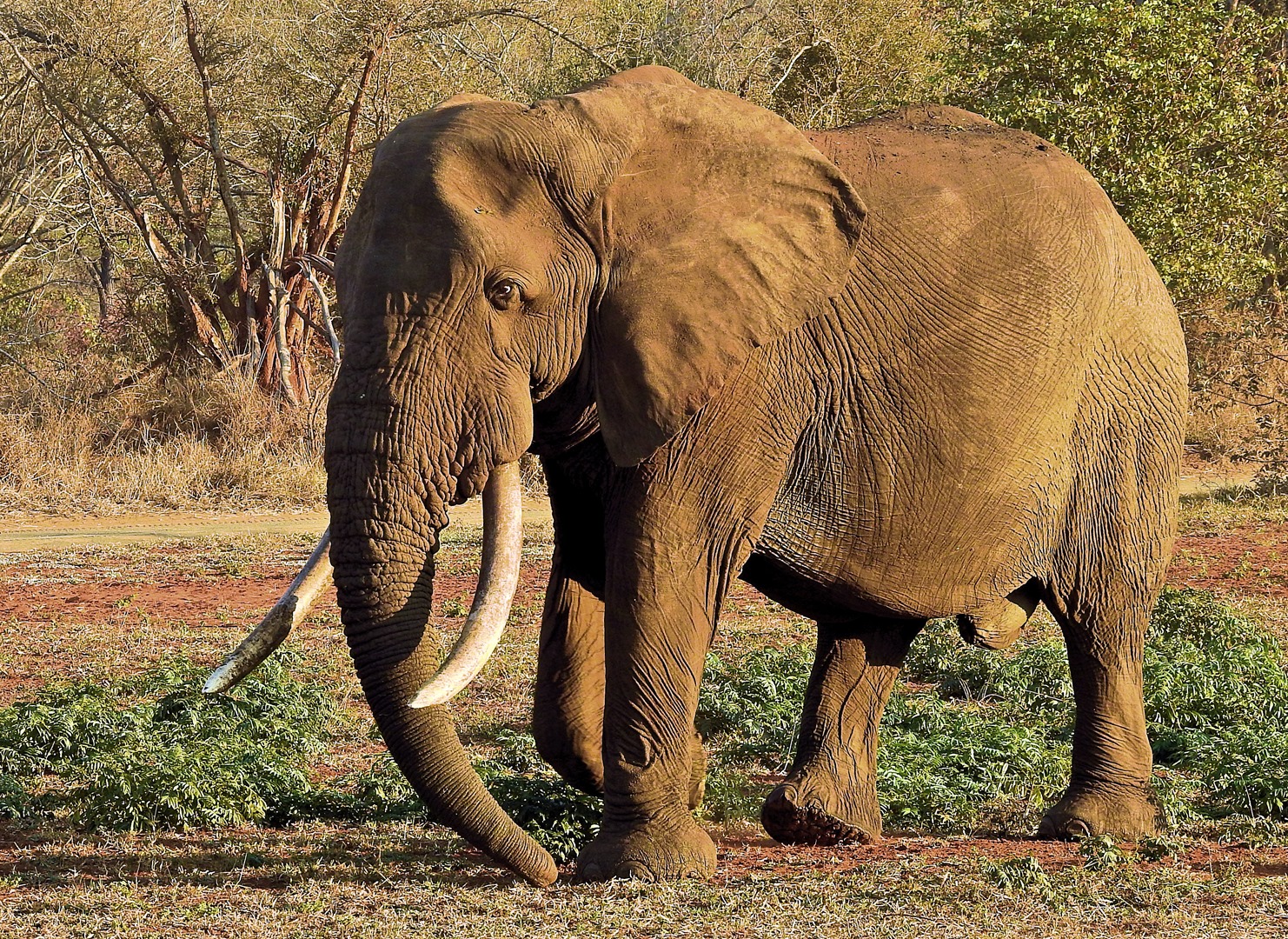
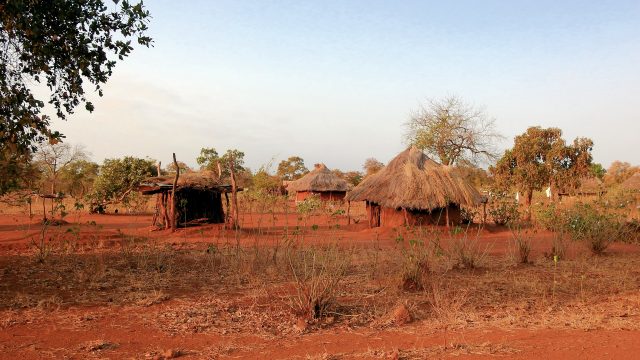
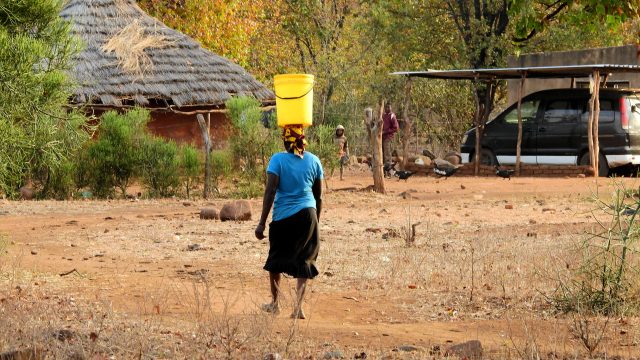

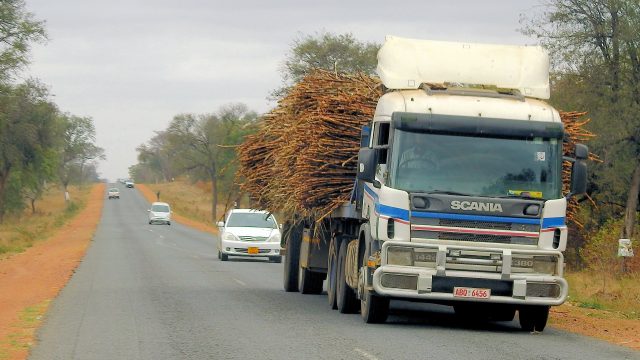
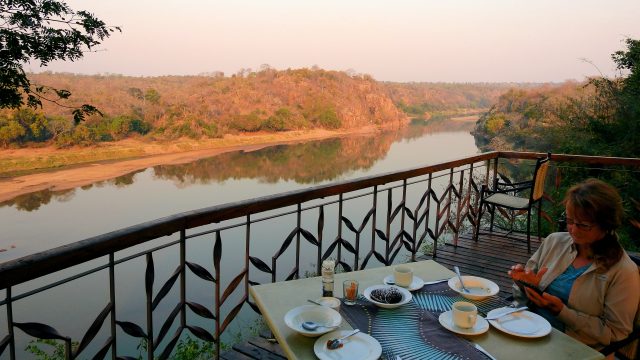
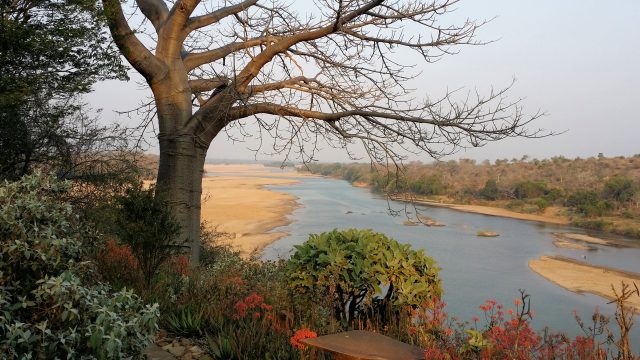
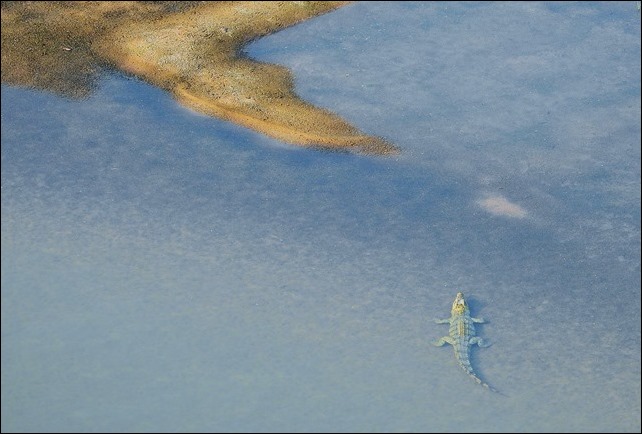
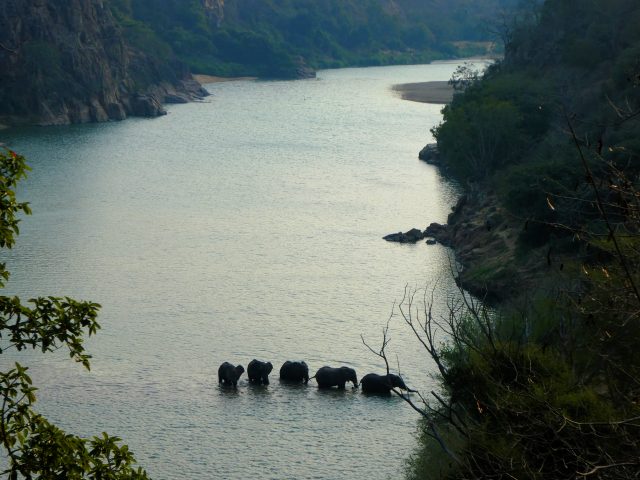
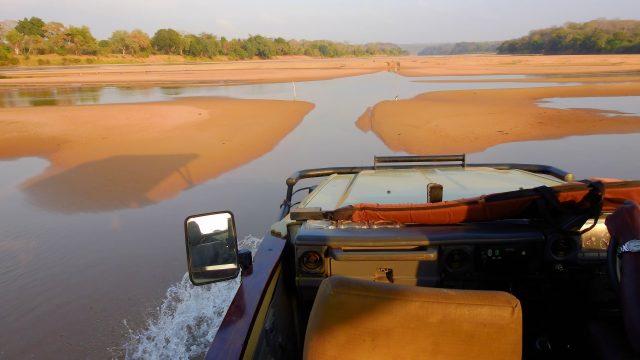
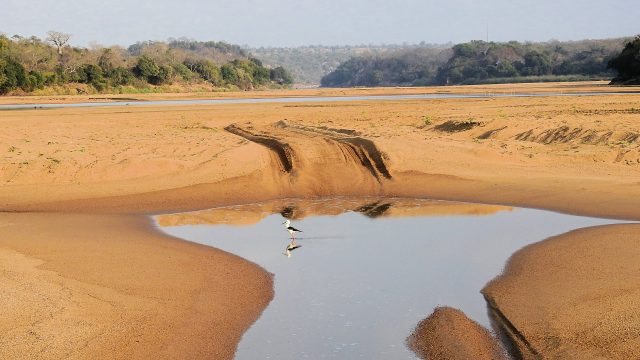
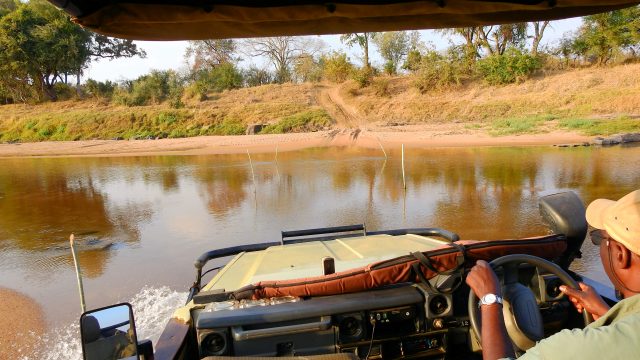
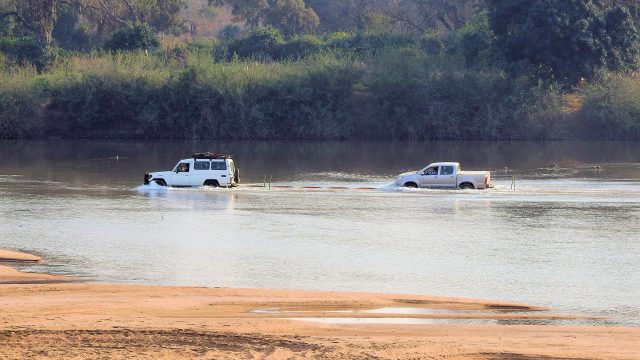
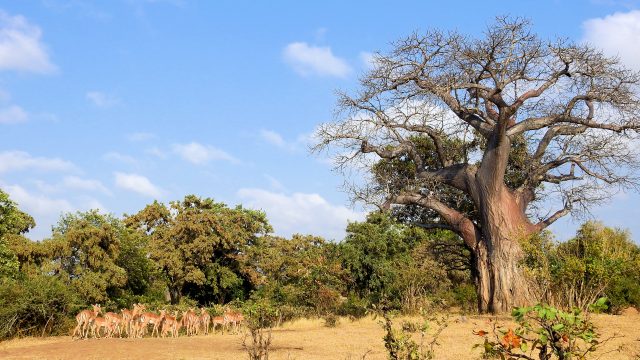
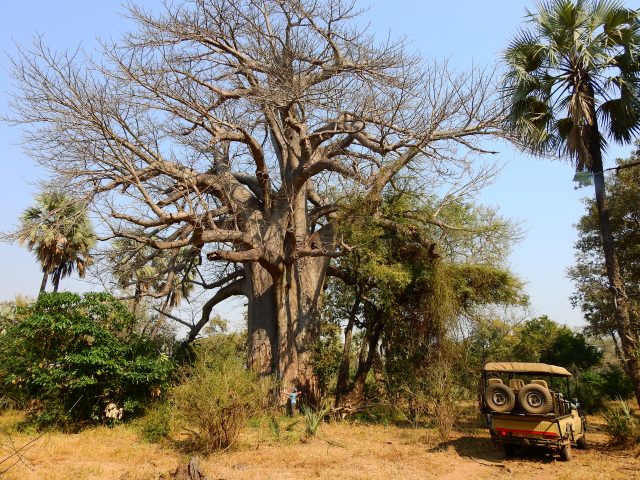
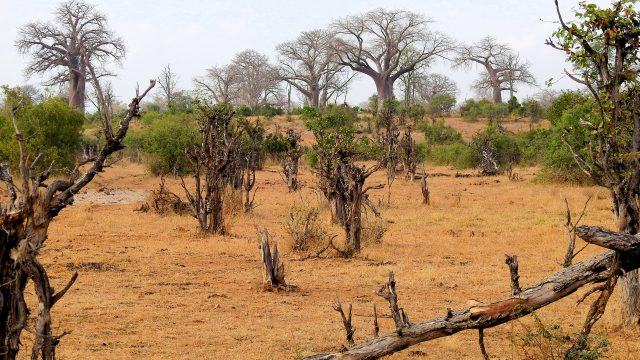
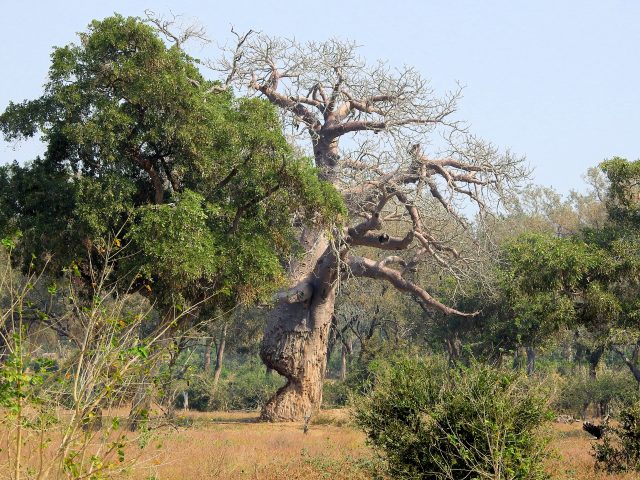
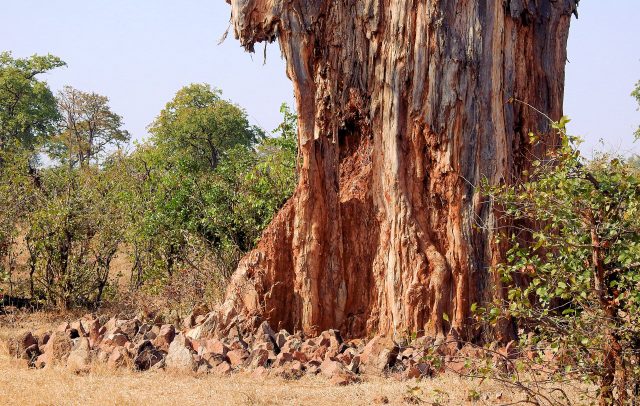
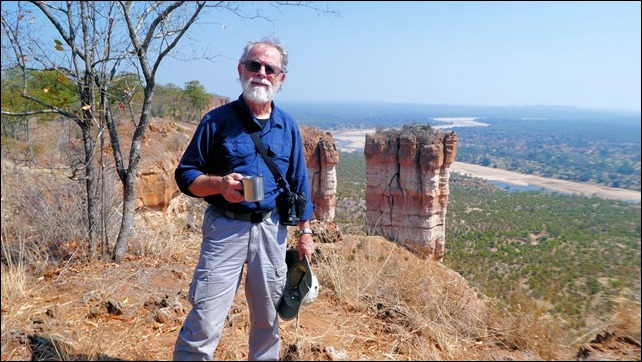
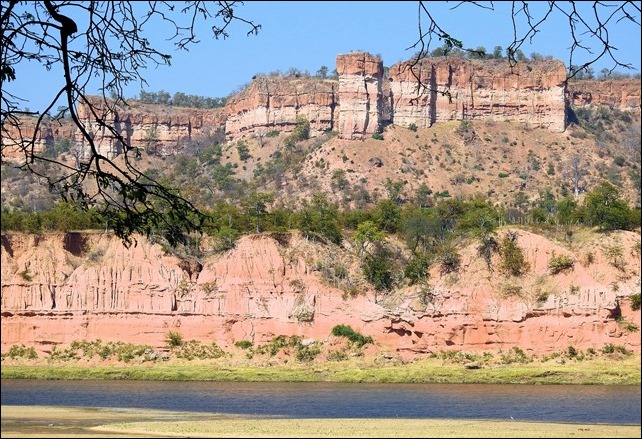
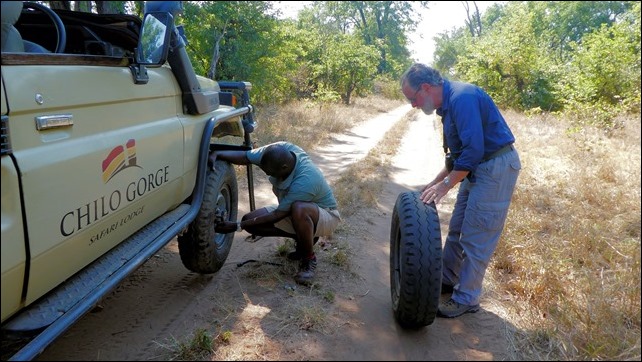
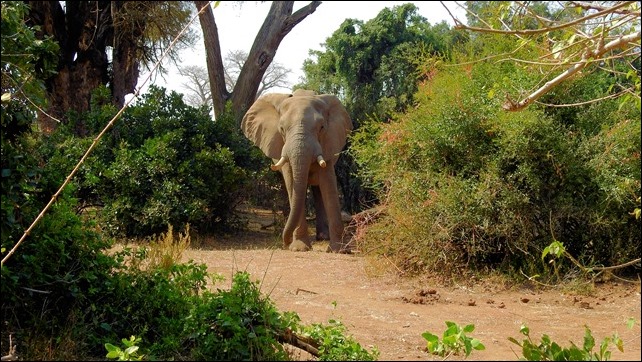
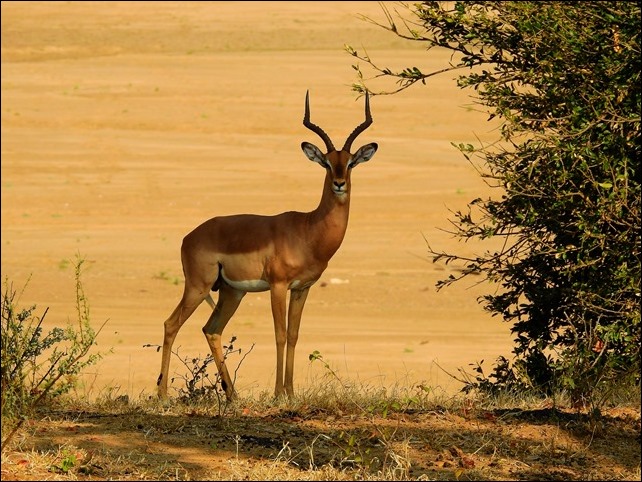
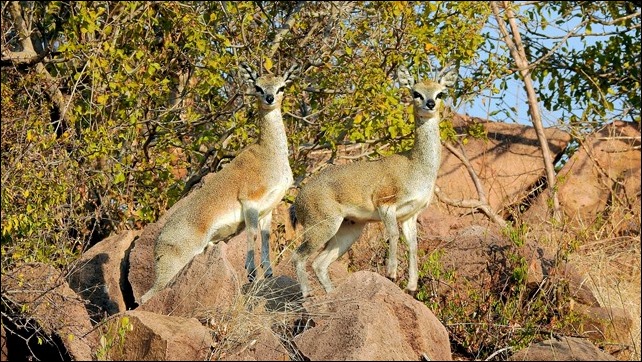
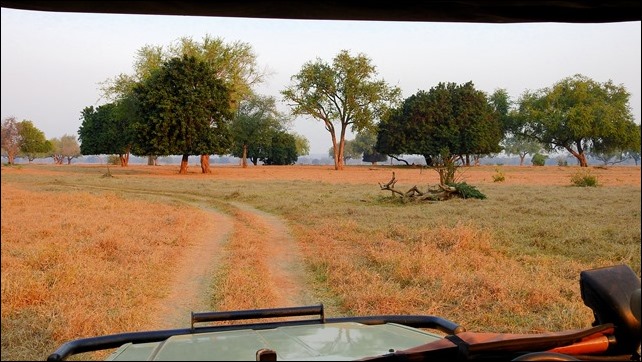
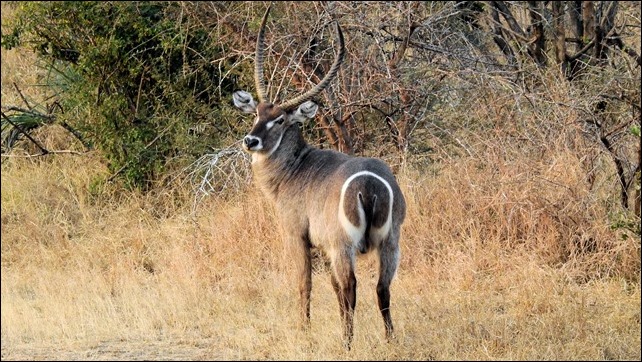
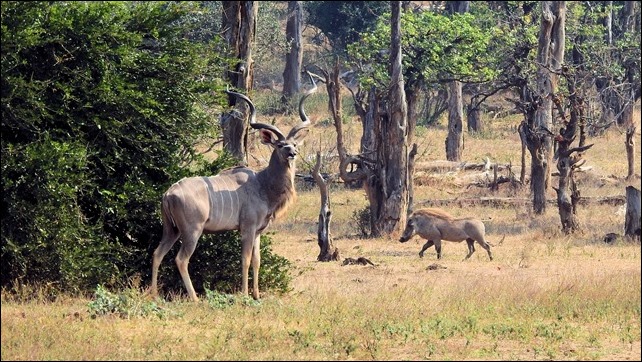
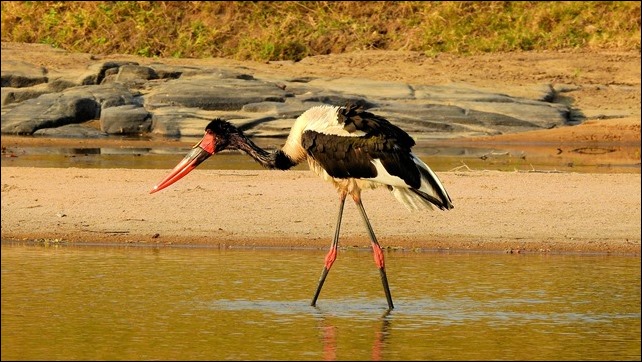
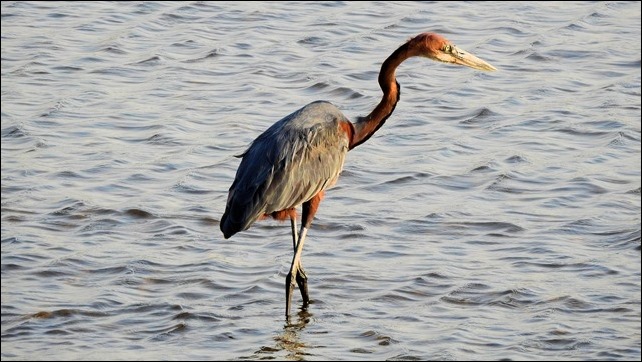
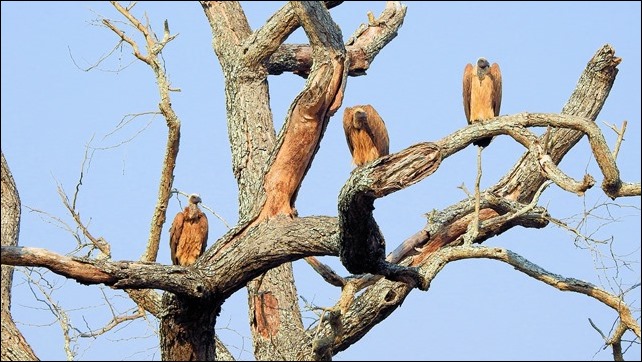
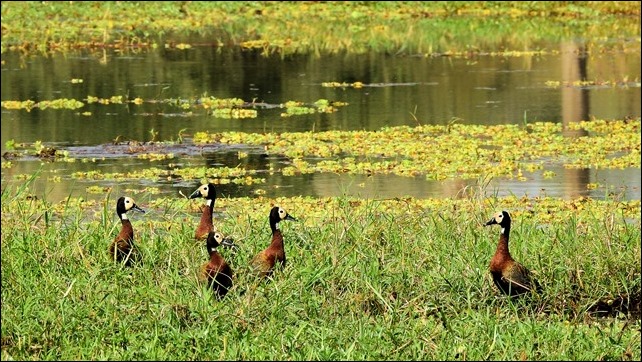
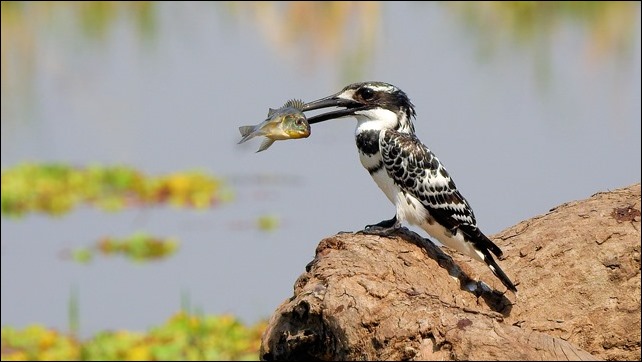
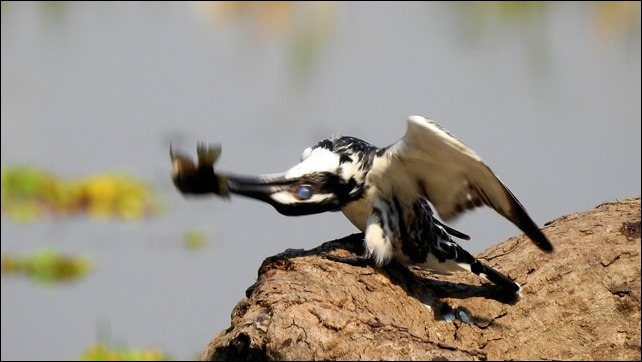
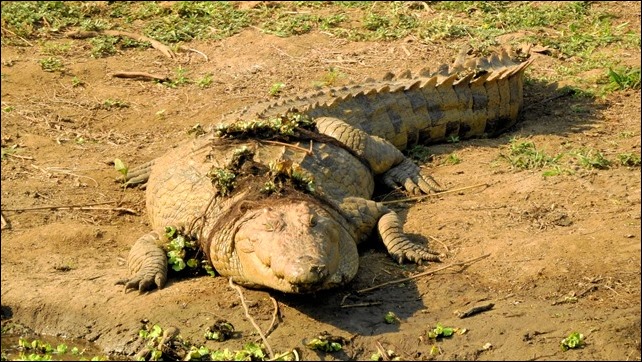
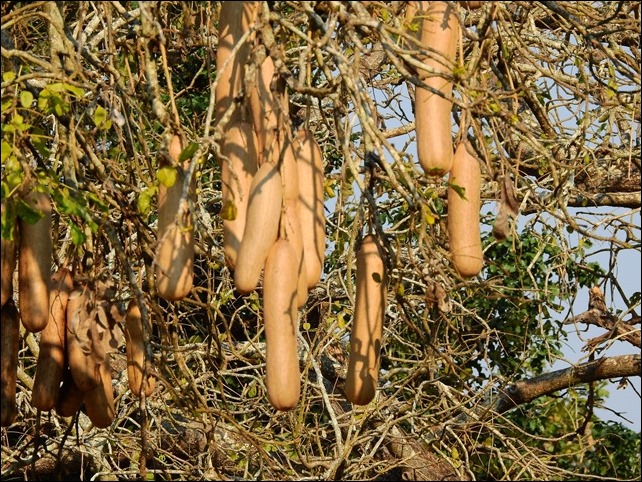
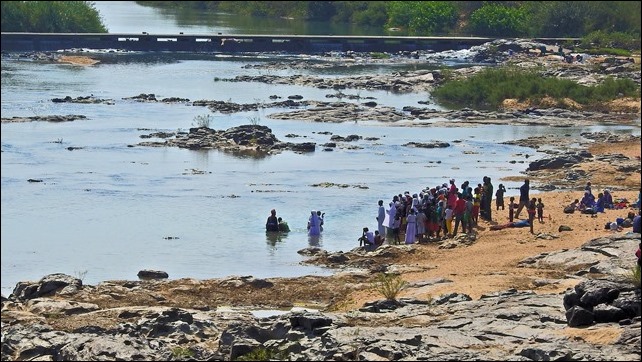
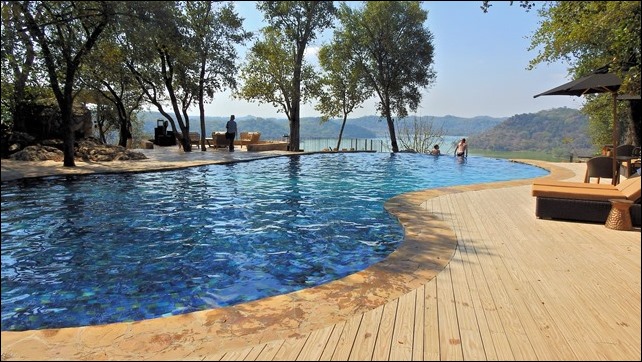
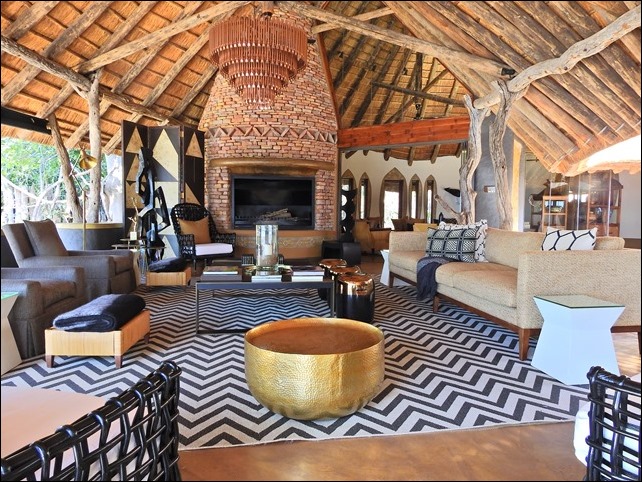
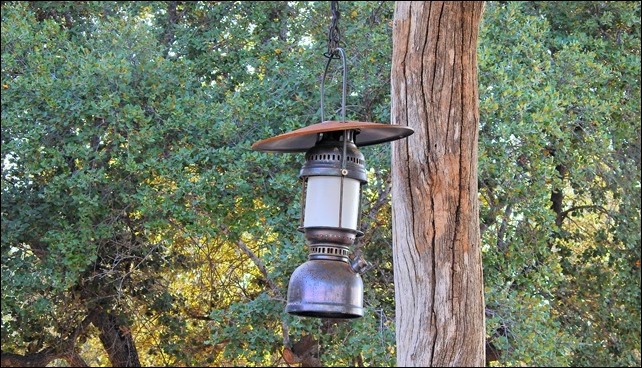
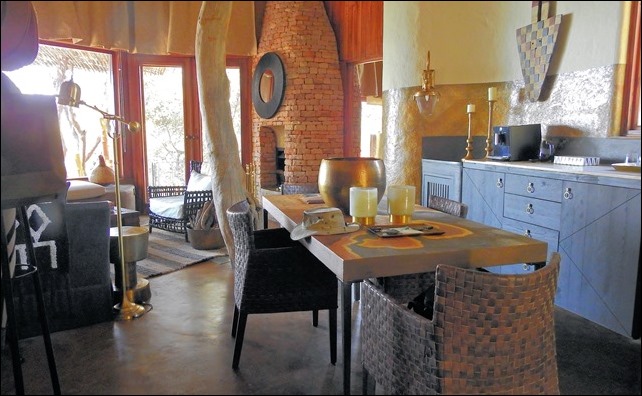
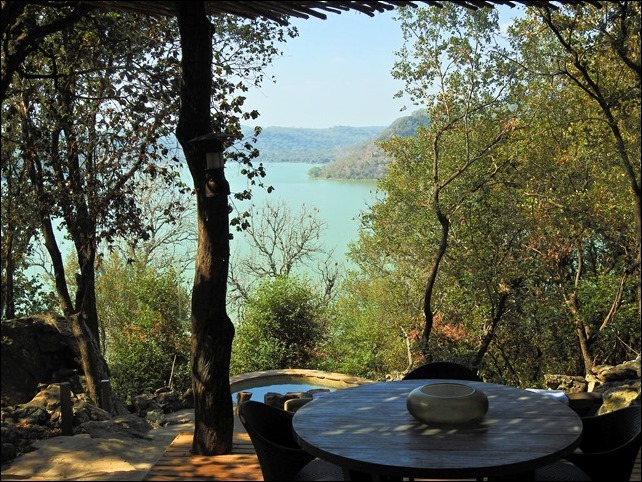
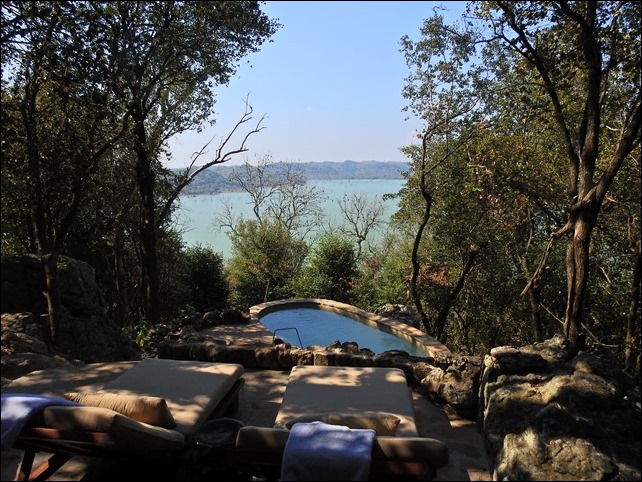
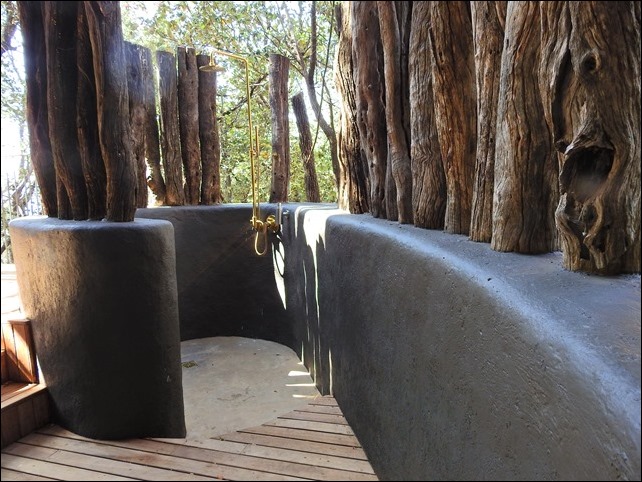
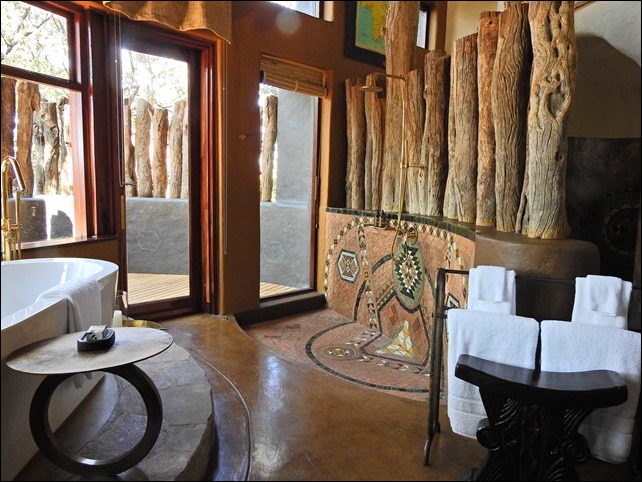
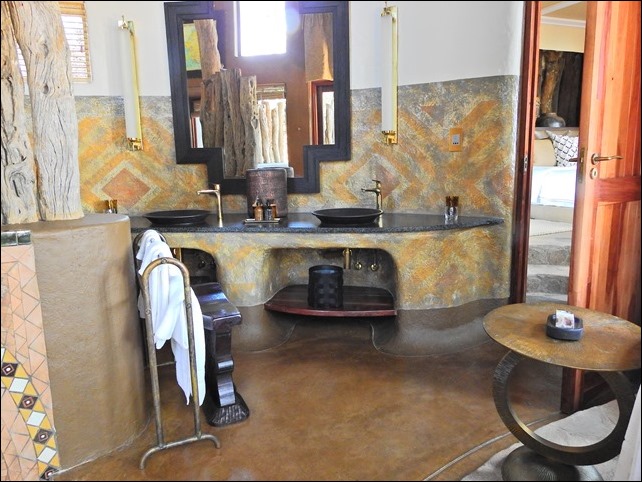
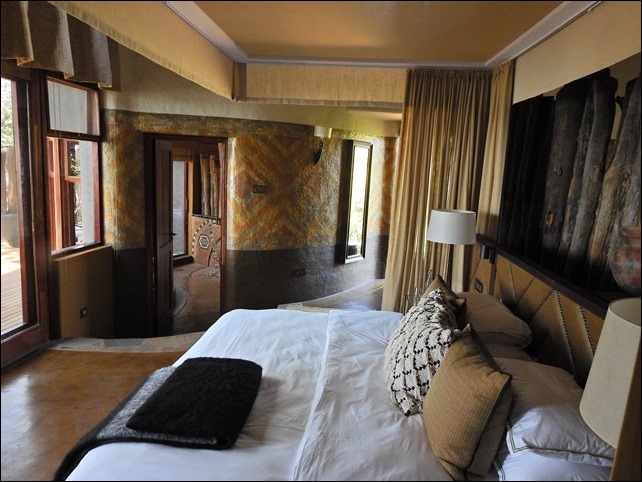
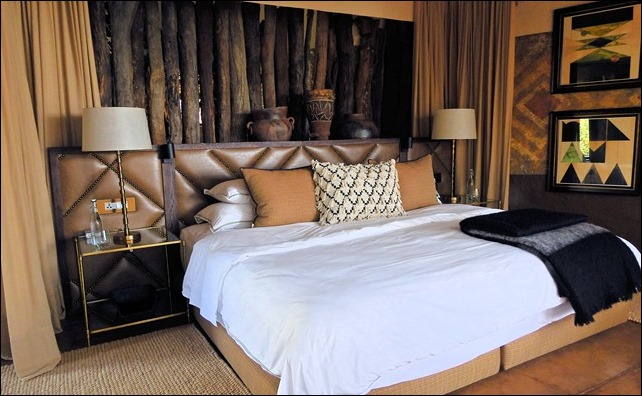
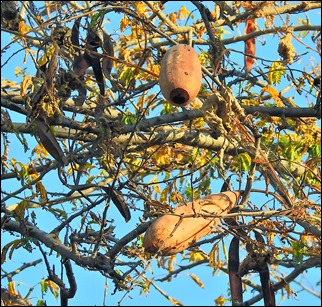
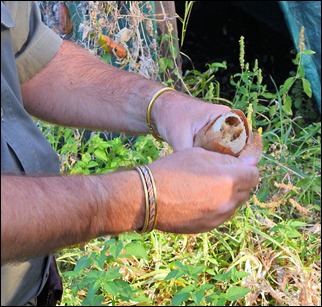
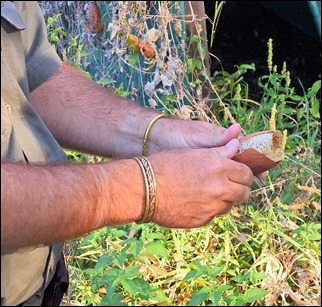
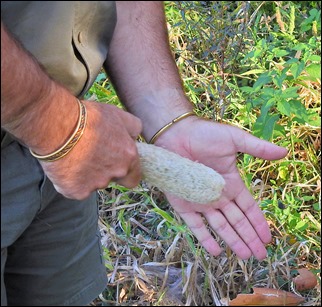
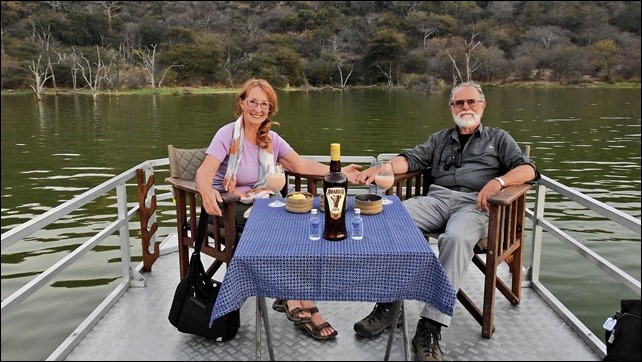
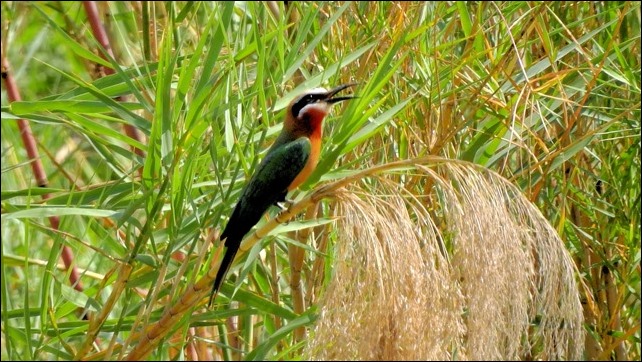
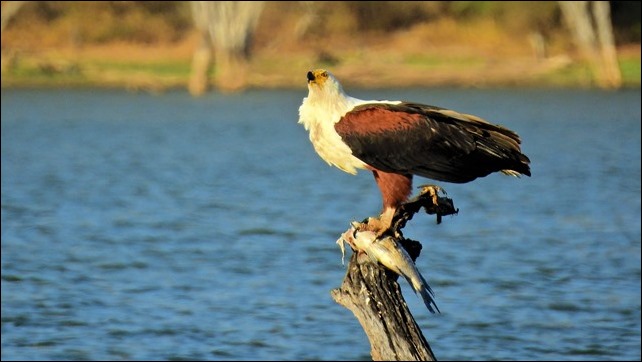
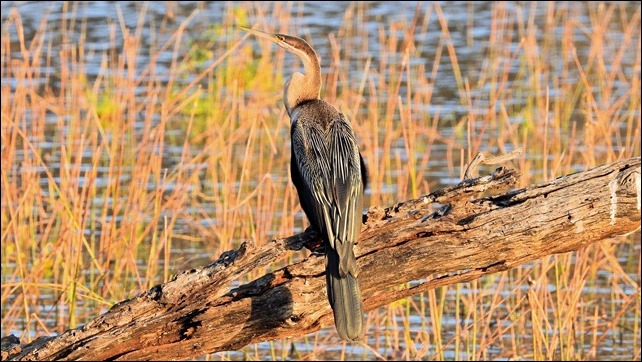
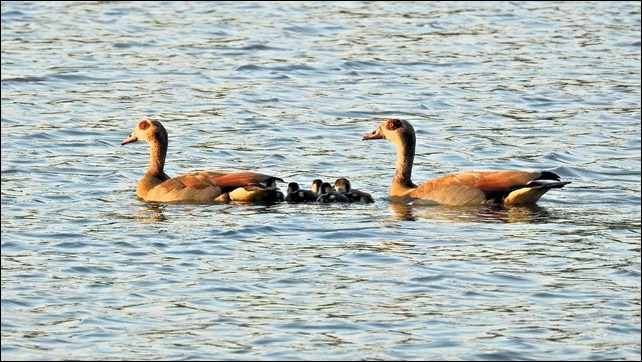
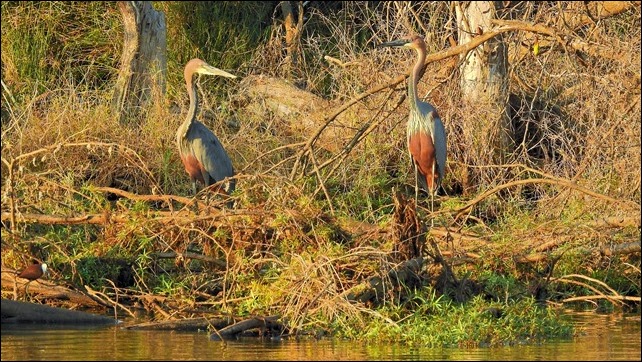
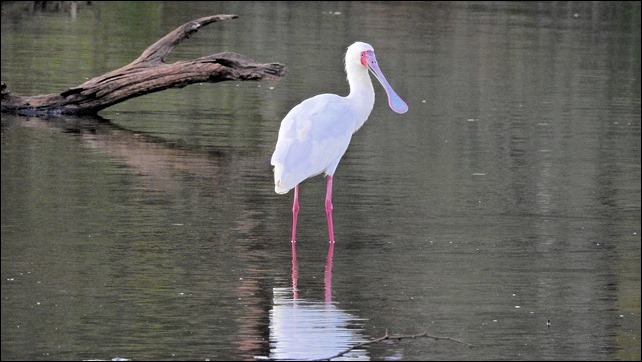
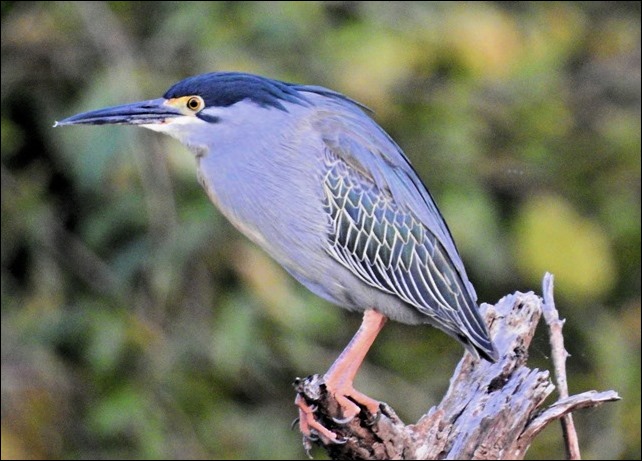
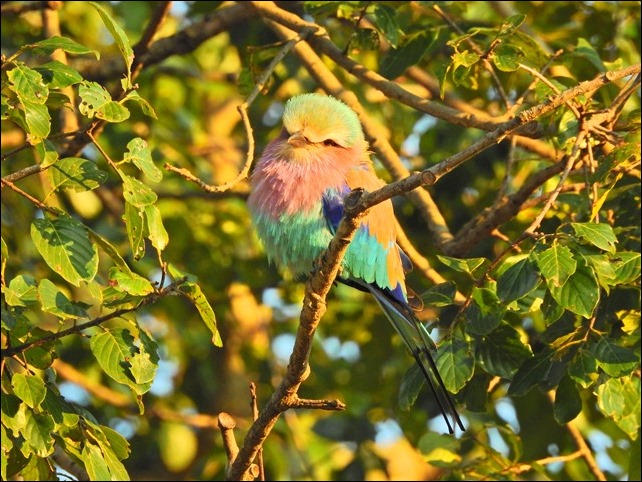
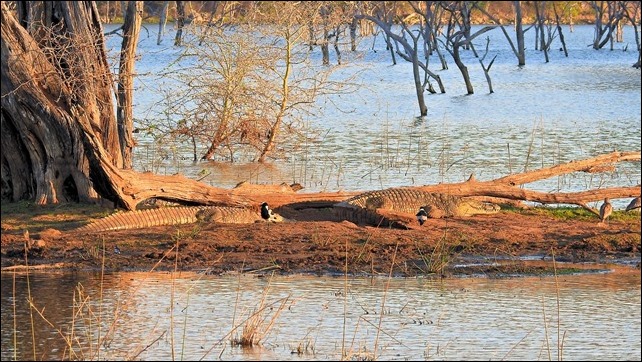
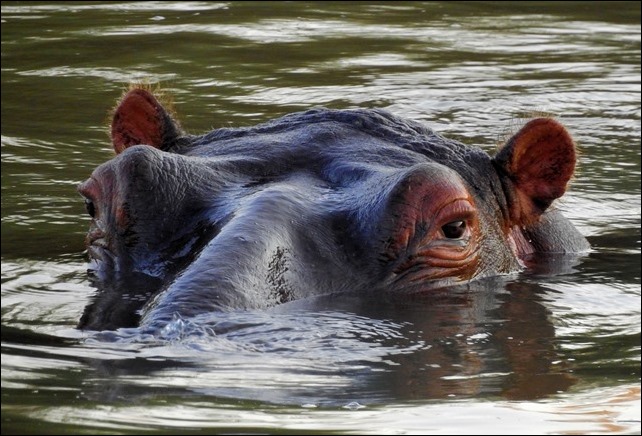
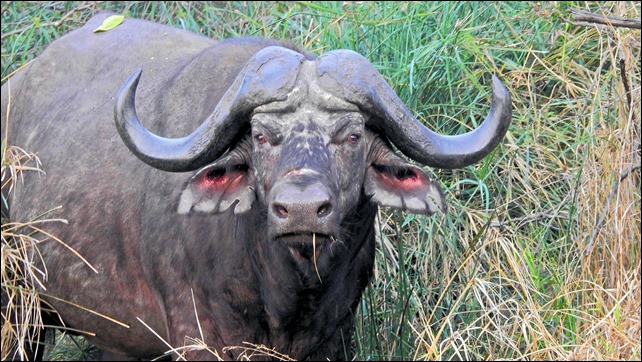
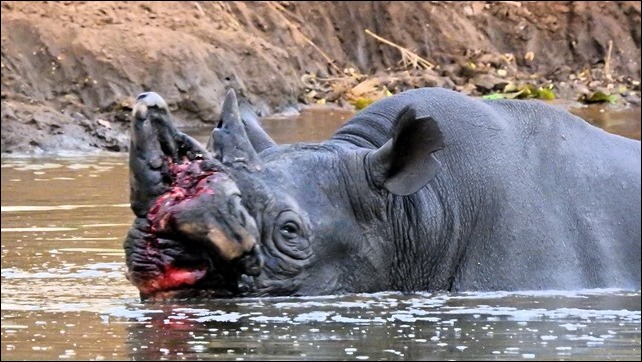
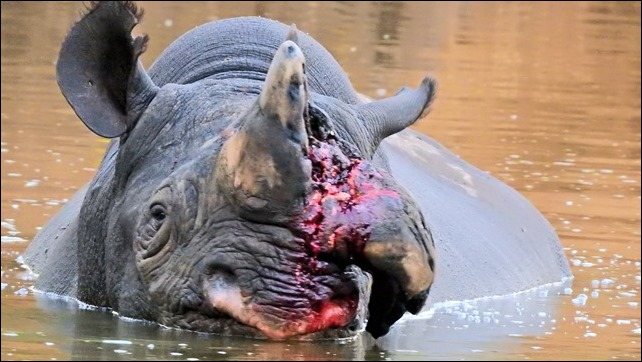
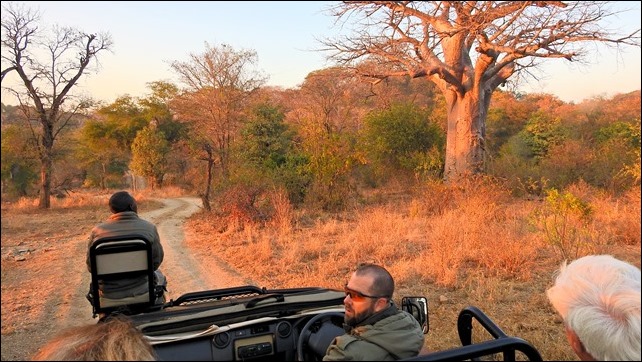
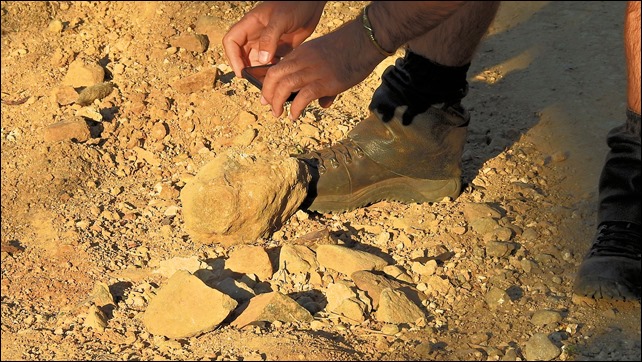
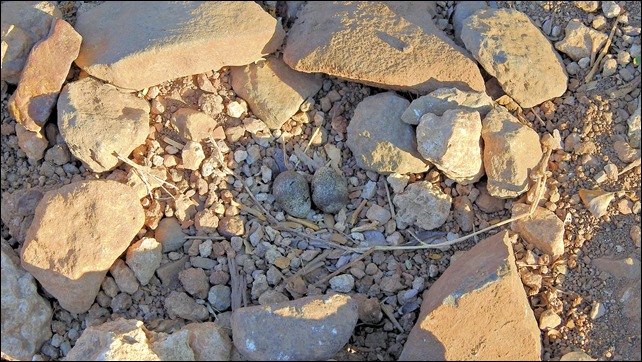
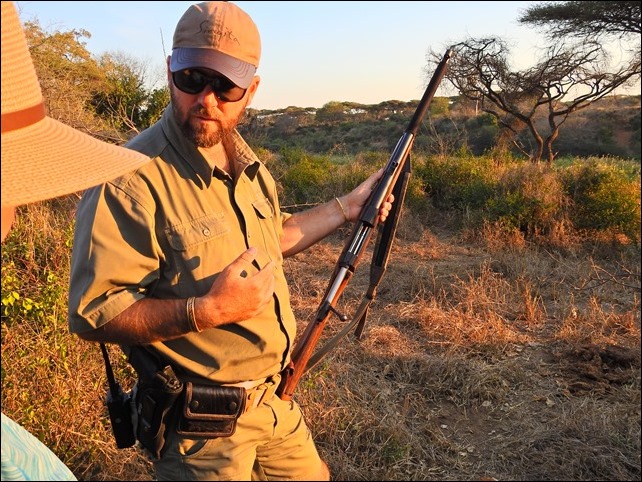
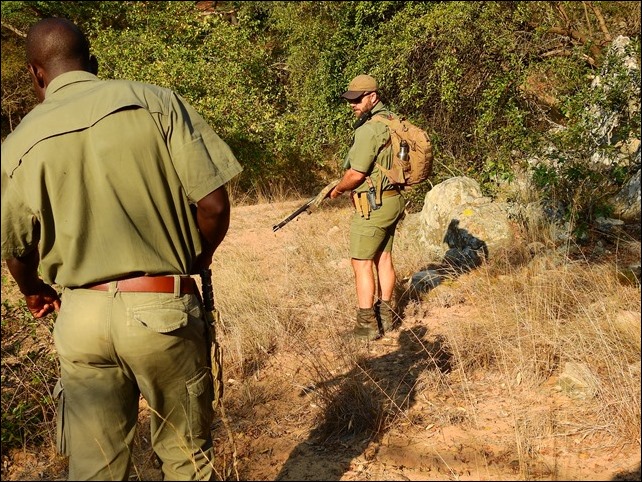
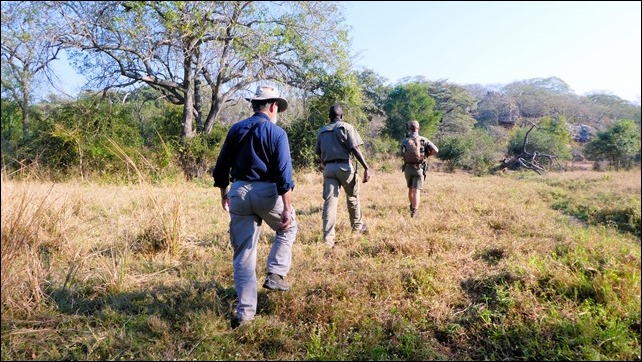
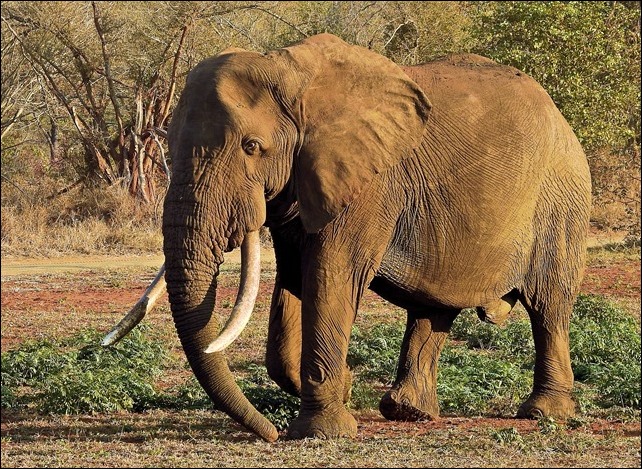
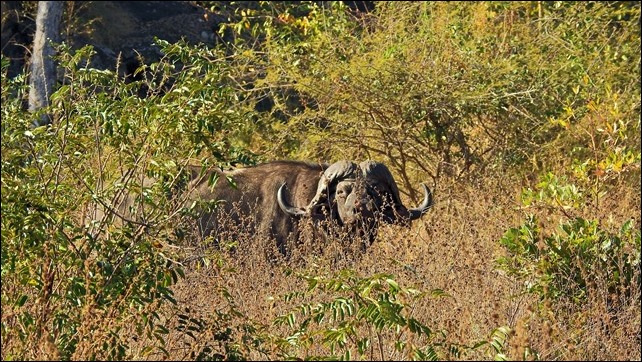
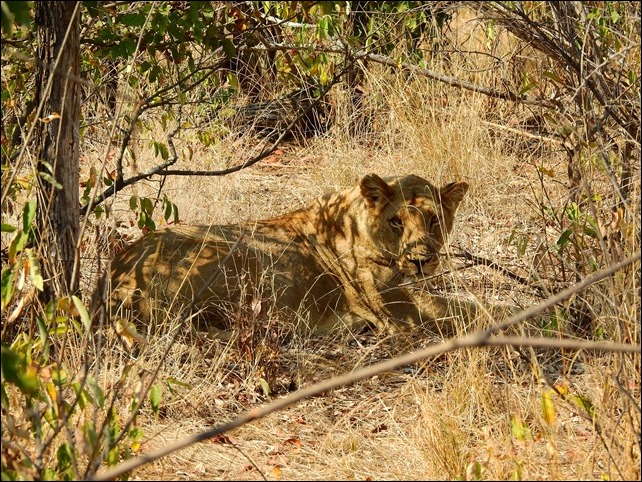
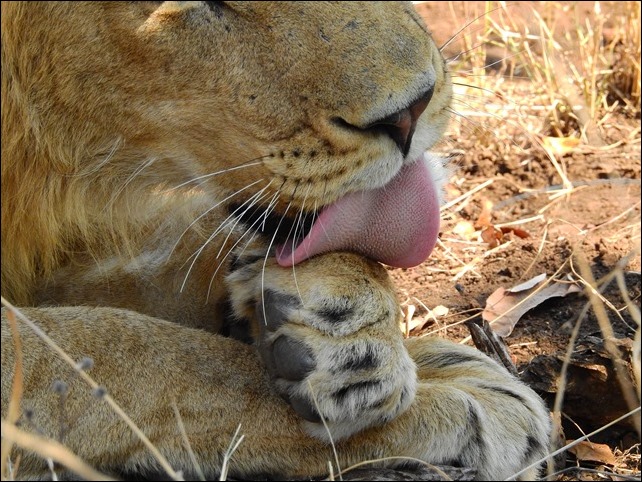
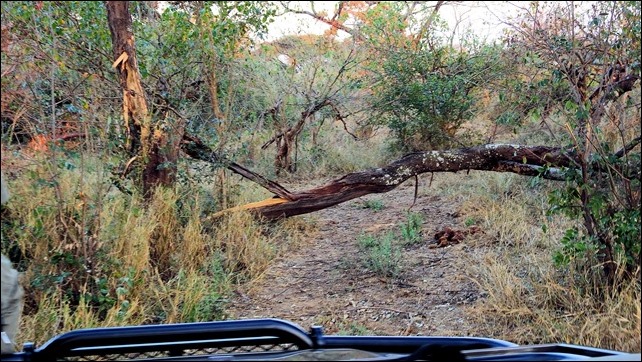
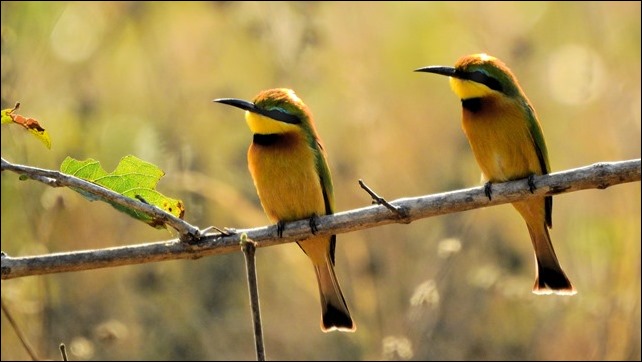
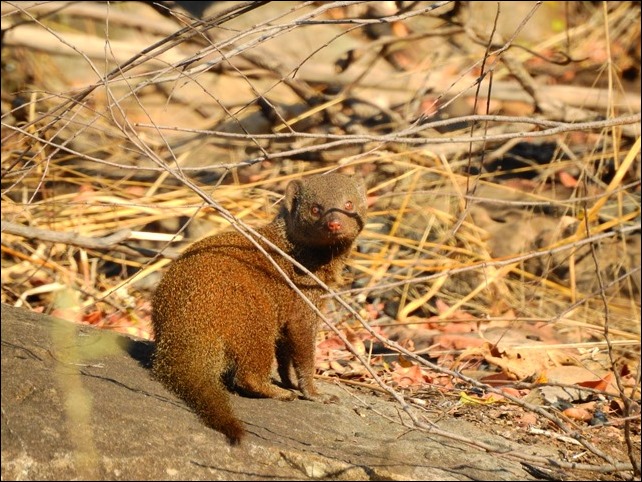
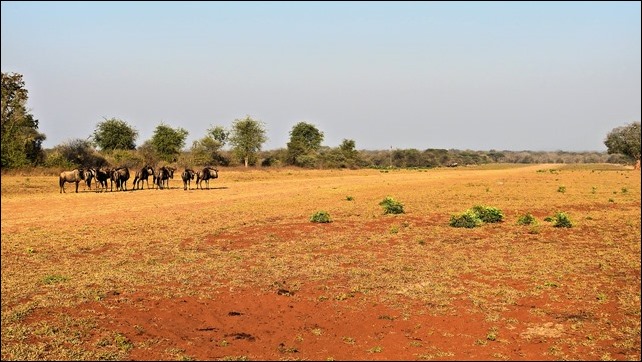
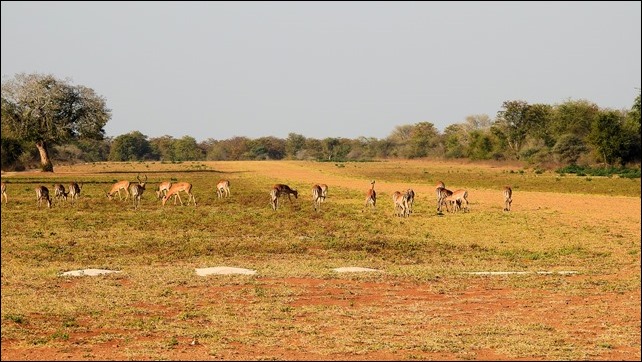
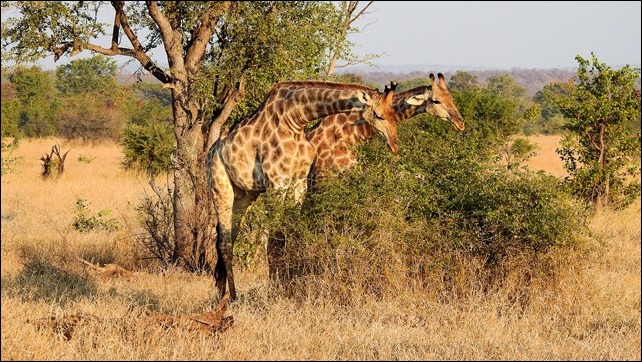
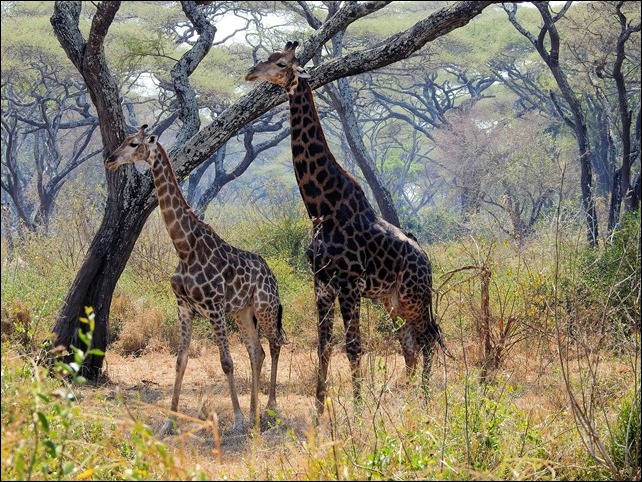
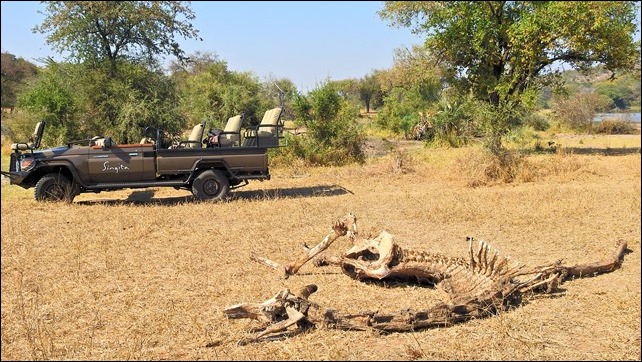
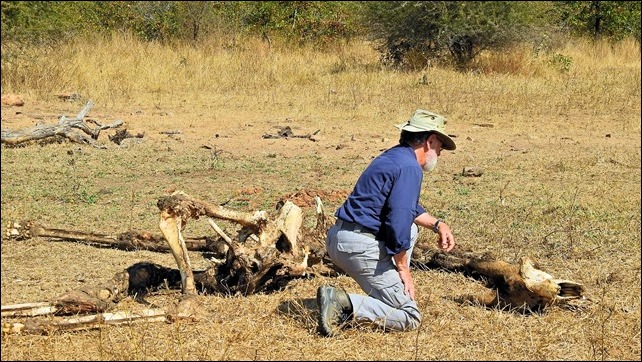
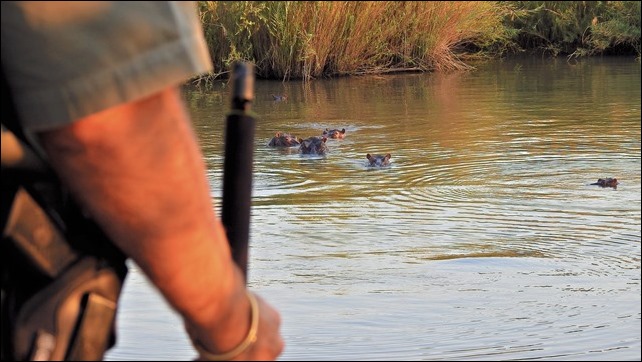
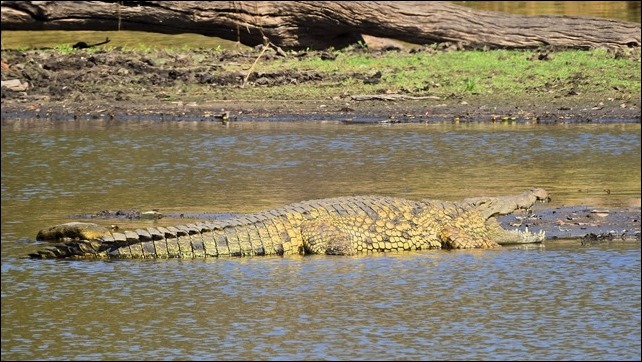
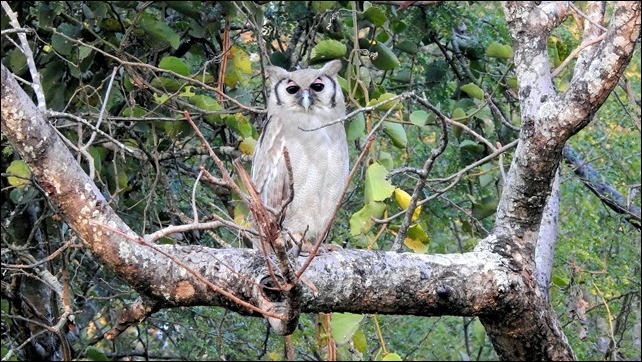
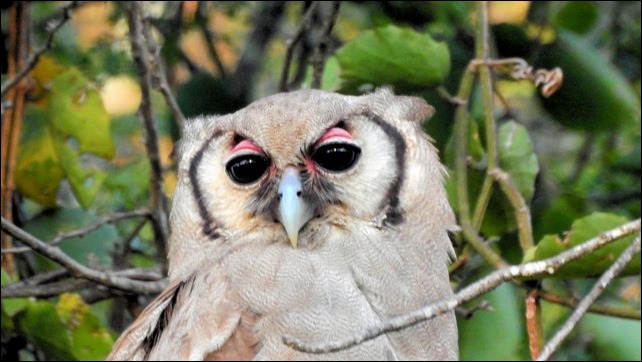
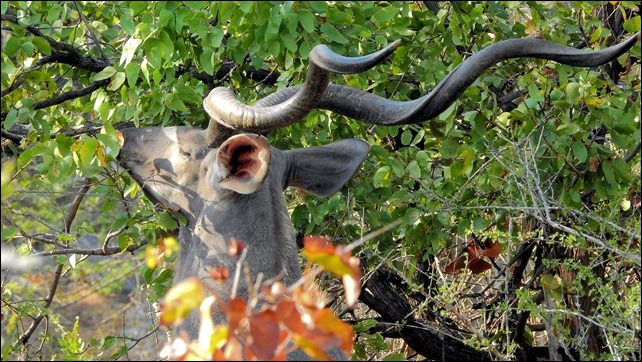
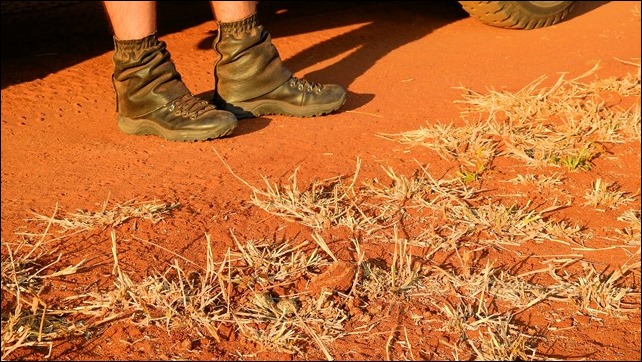
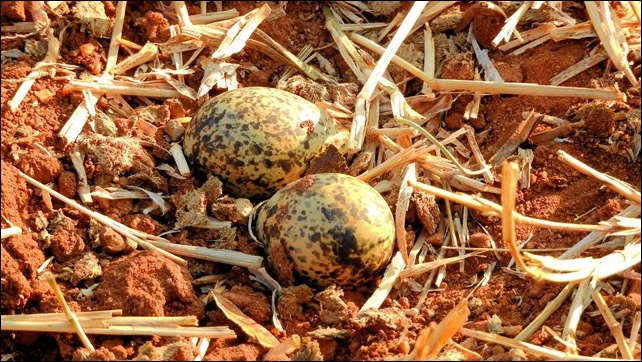
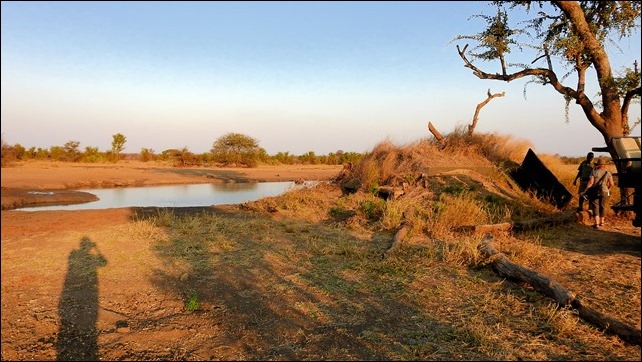
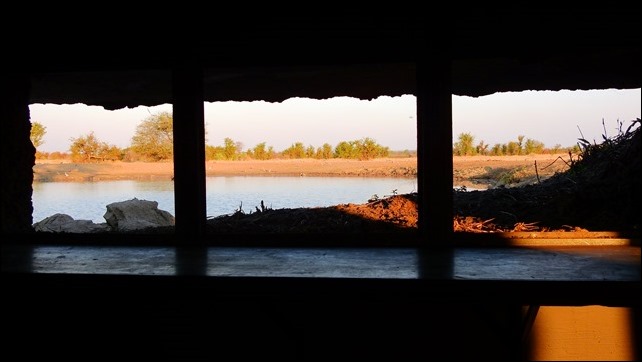
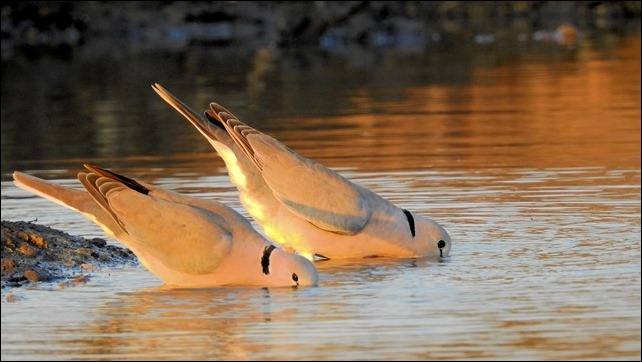
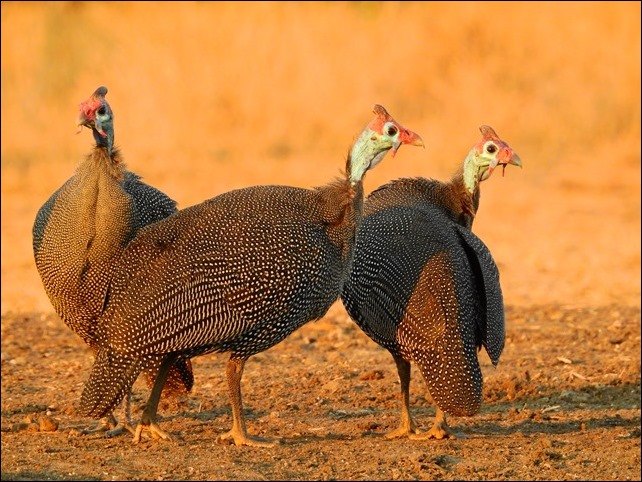
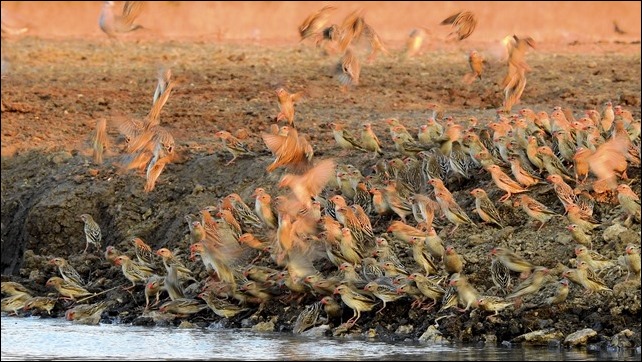
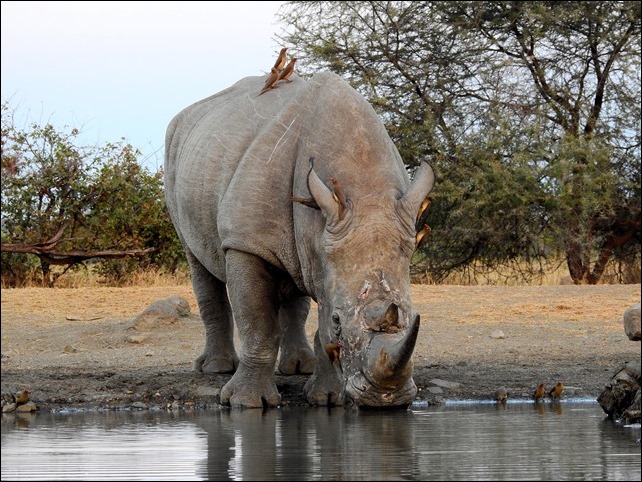
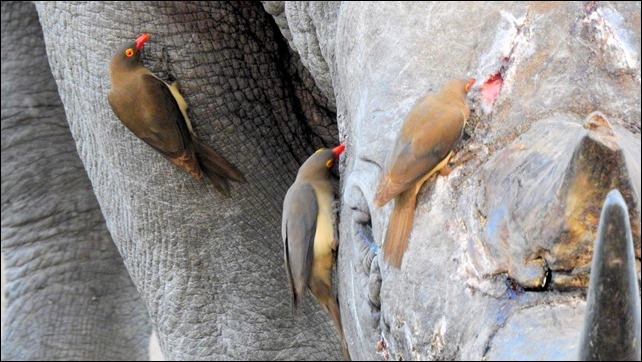
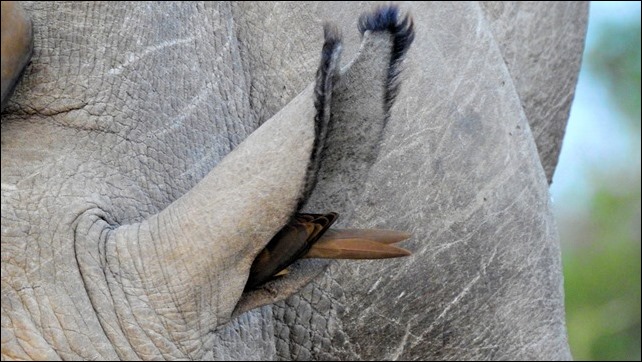
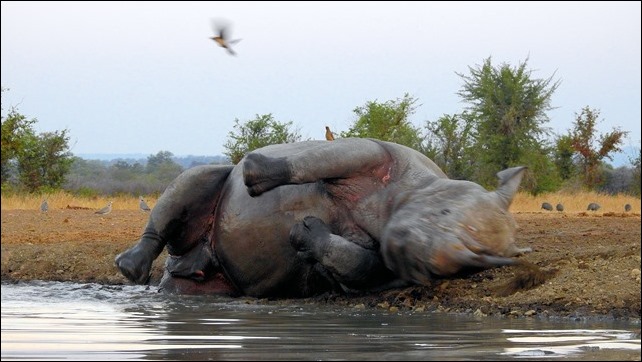
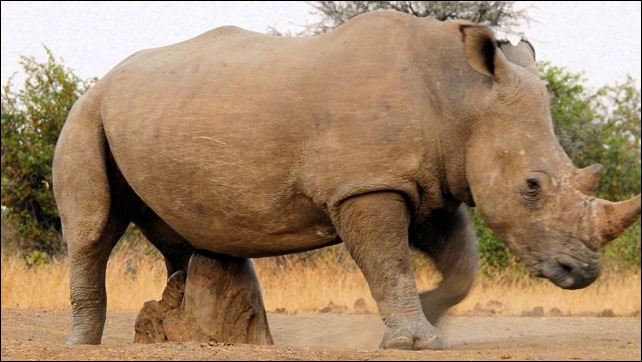
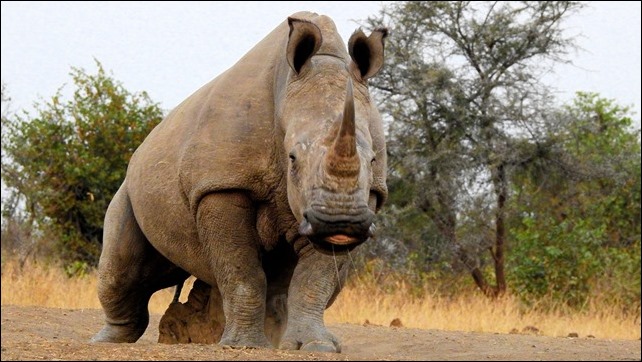
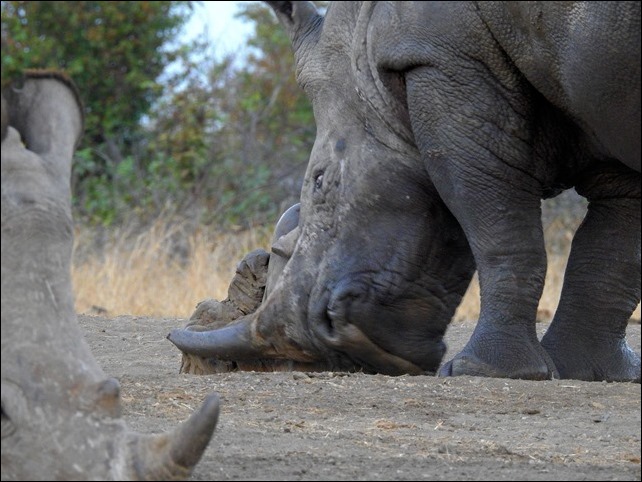
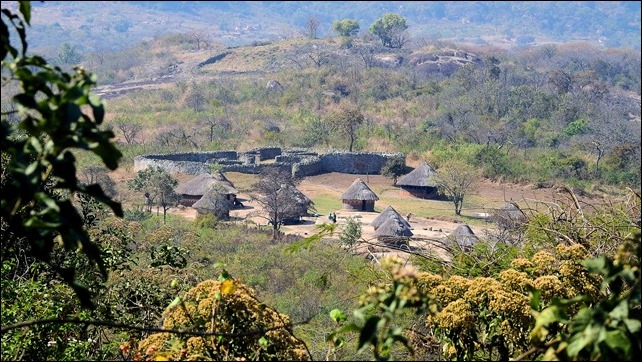
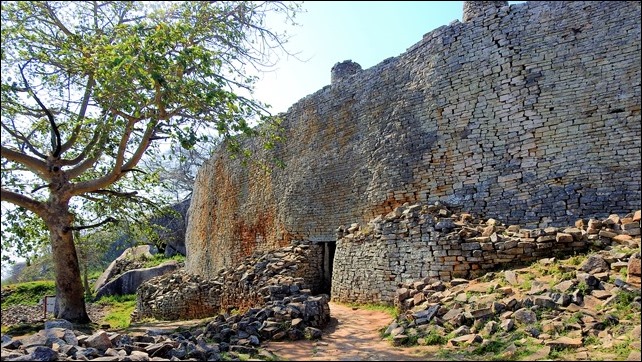
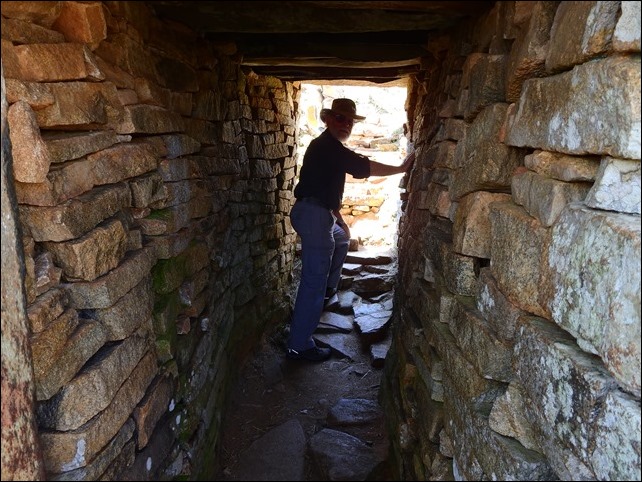
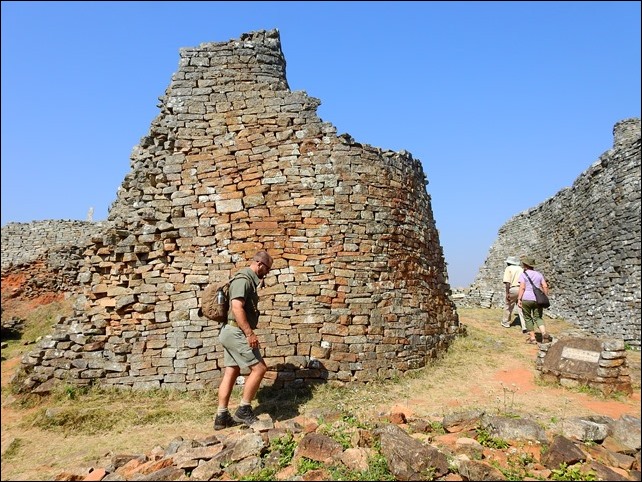
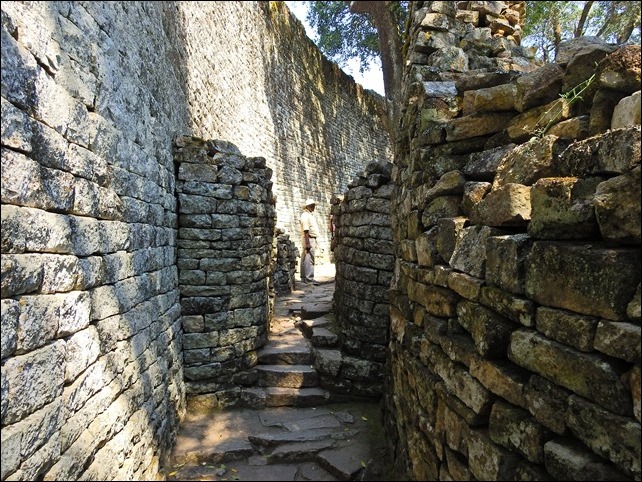
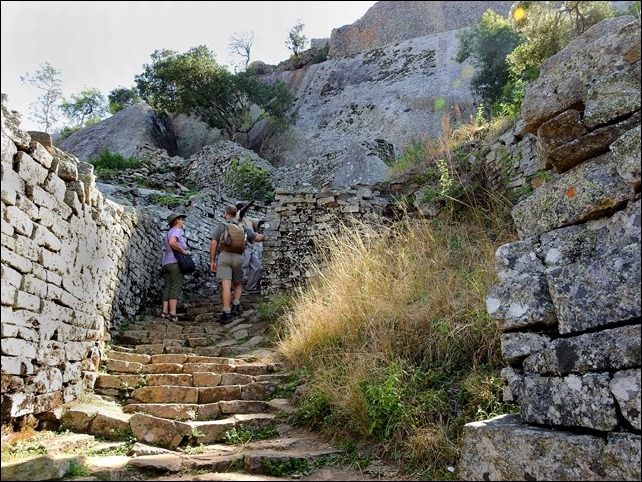
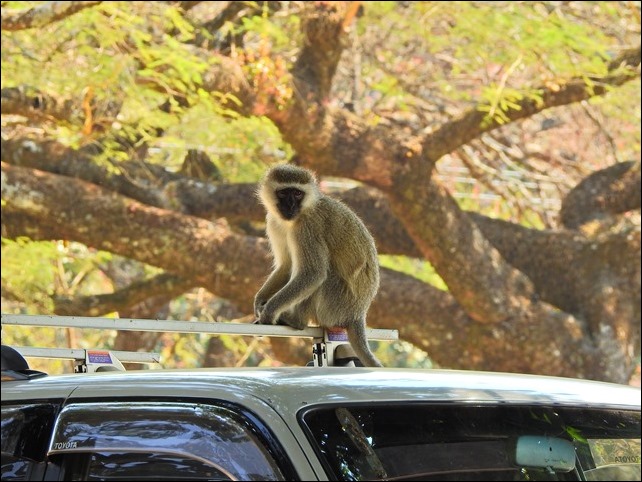
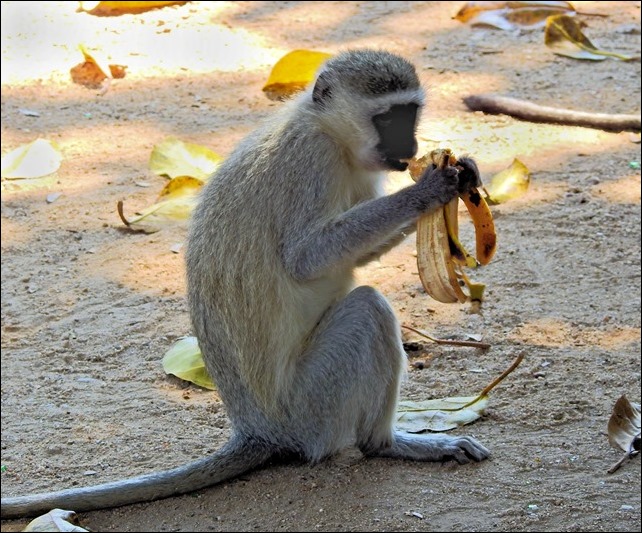
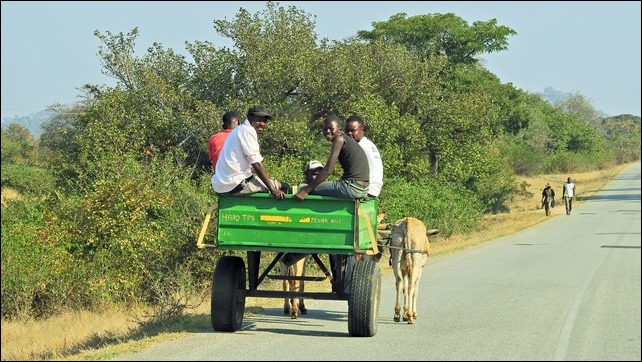
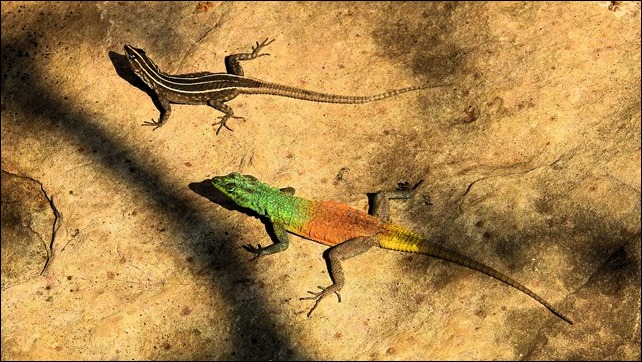
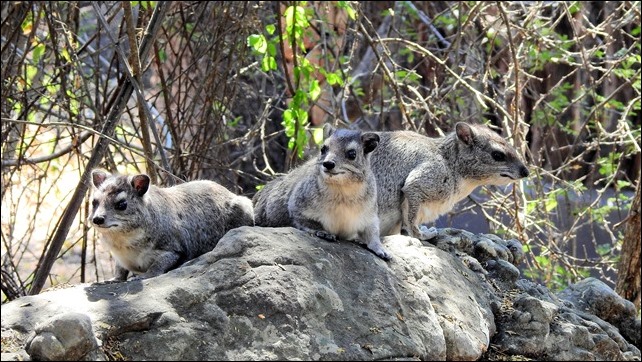
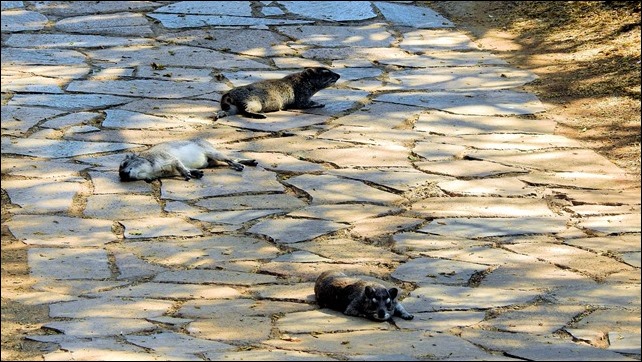
What a fantastic trip! Absolutely loved all your fabulous photos and commentary. I recognise the bottle of Amarula on the table, at that gorgeous lodge. a Nice drop! Thanks for sharing, Grey & Karin.
Greg and Karin,
Very professional / entertaining / educating / the pictures …very intelligent done,
Complements from Tony Lem Sr..